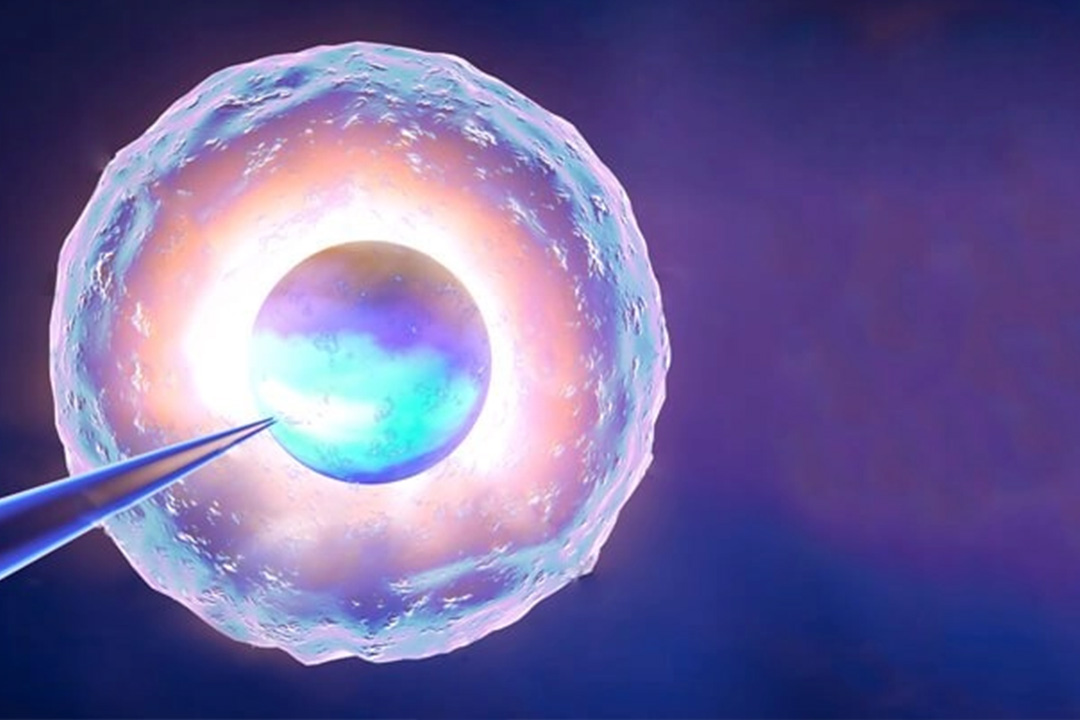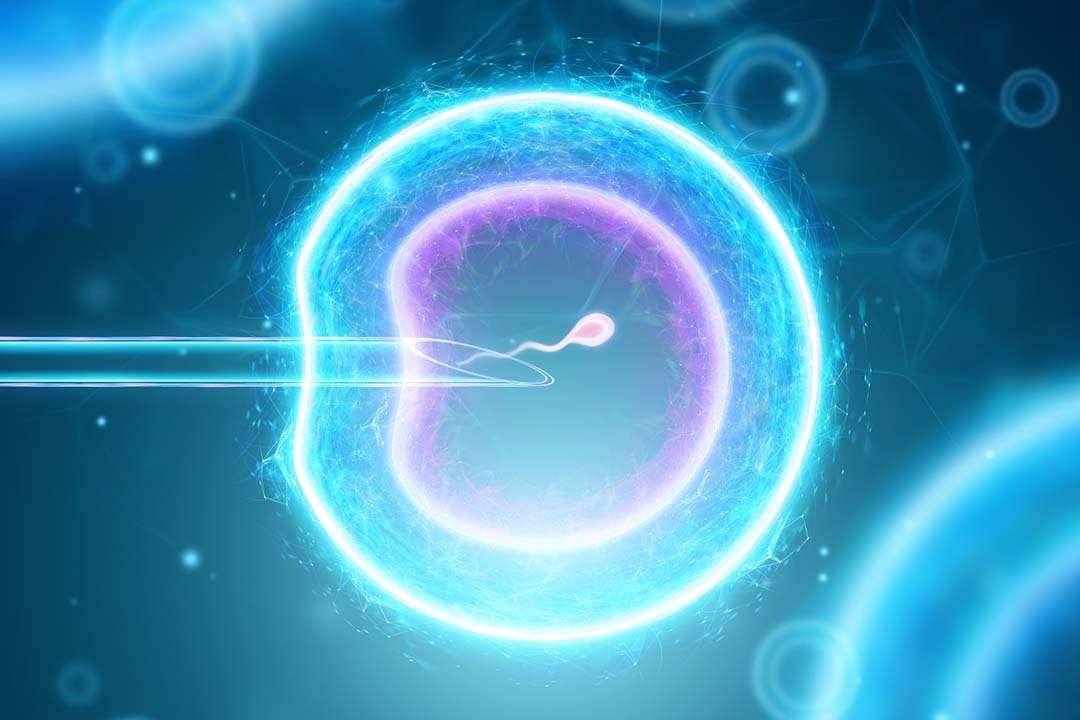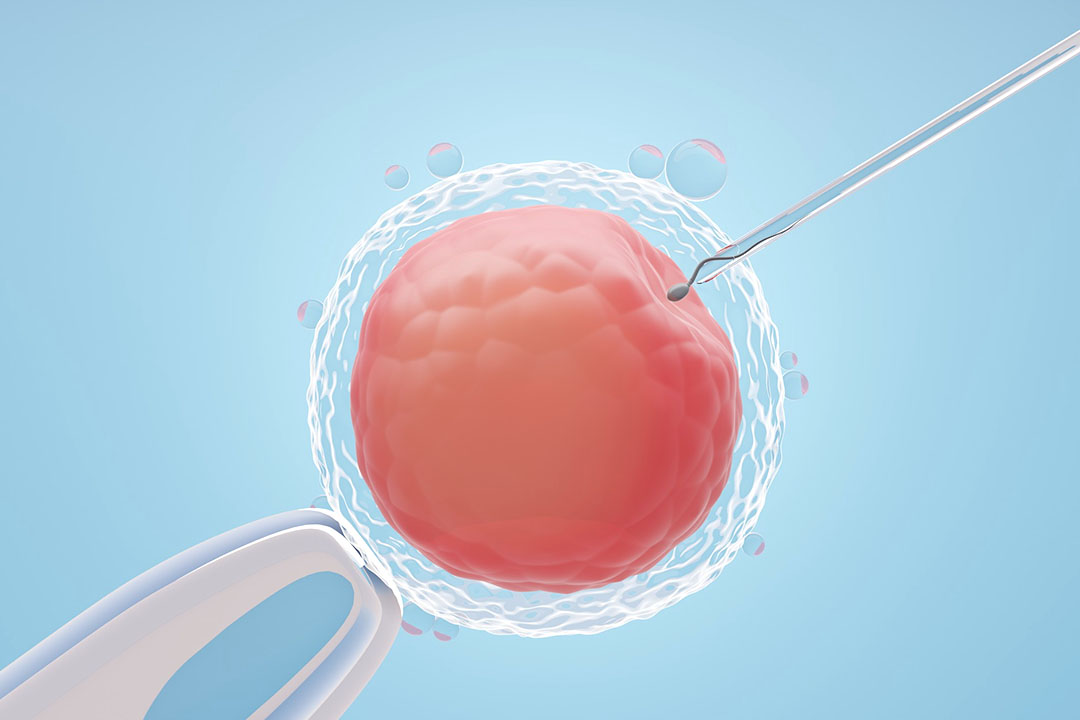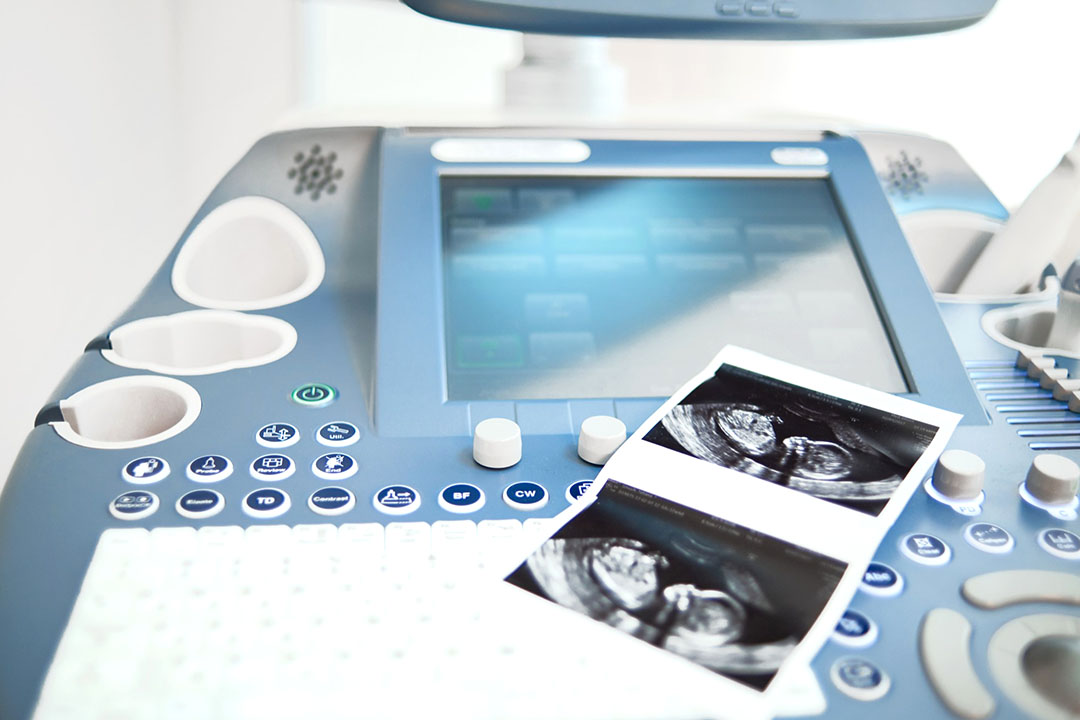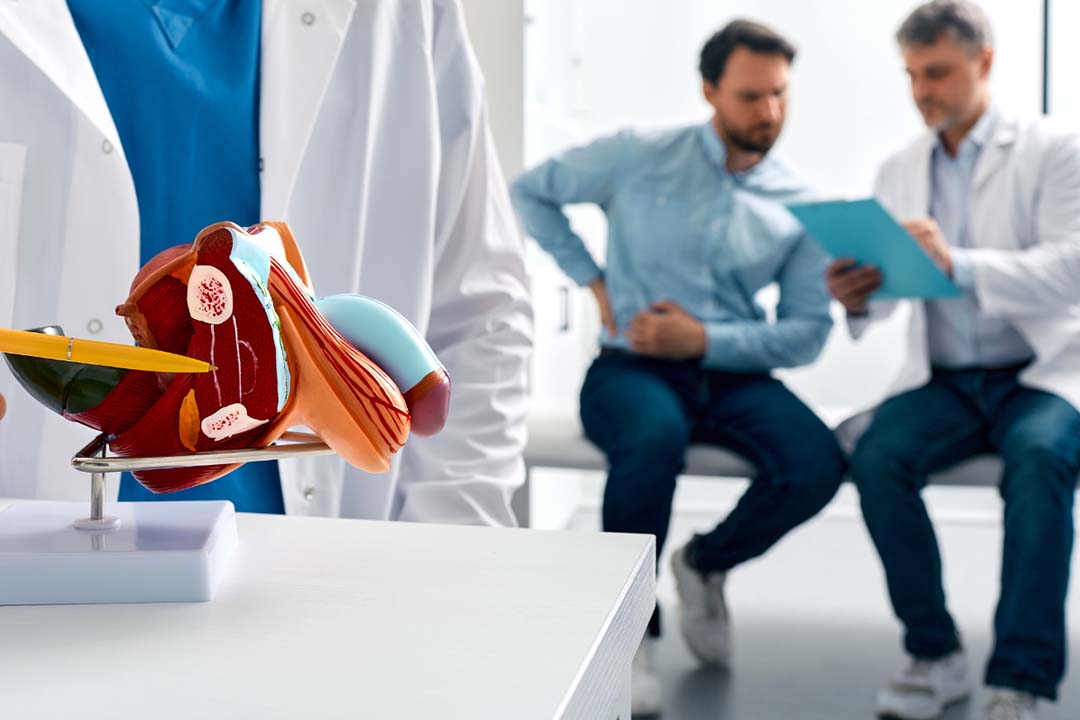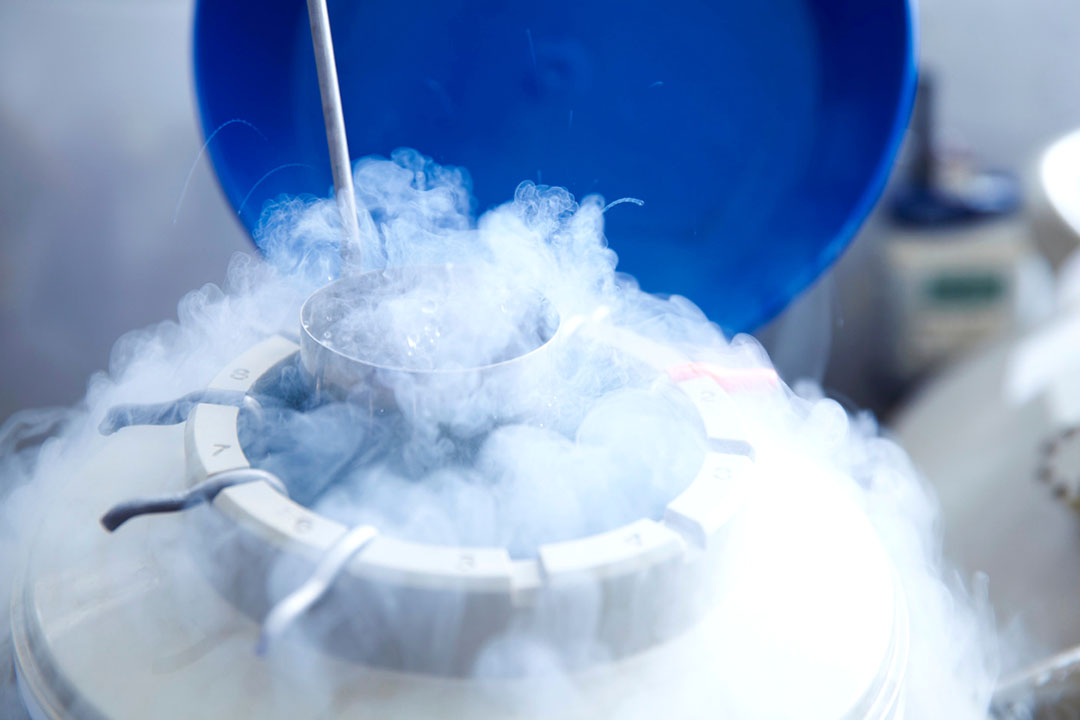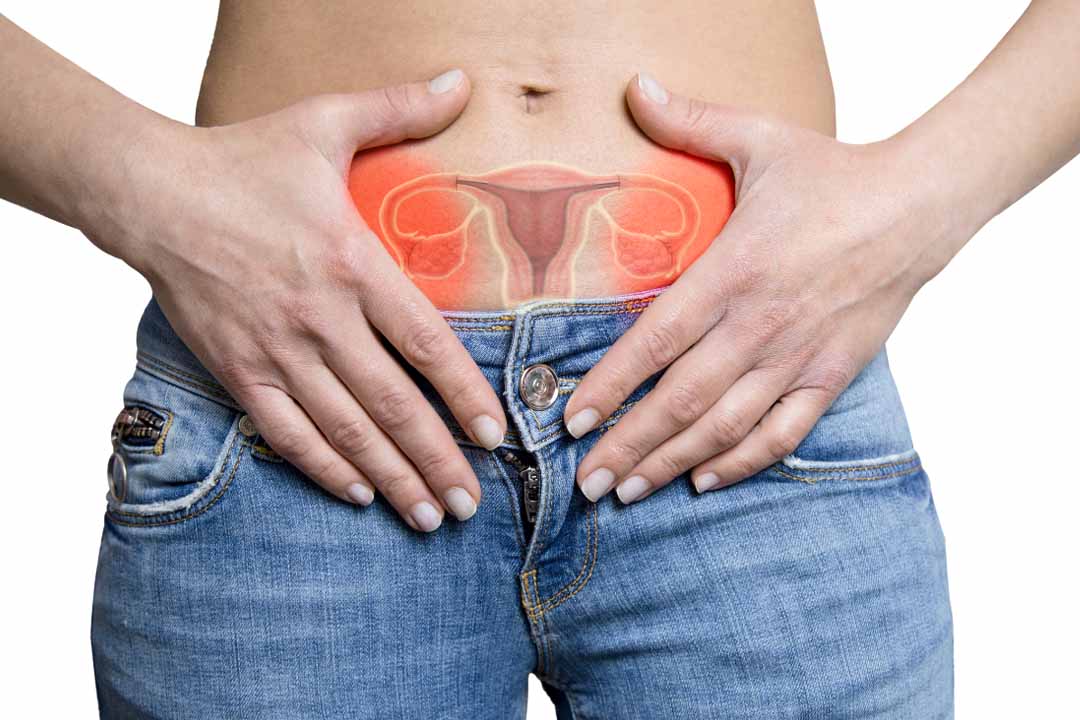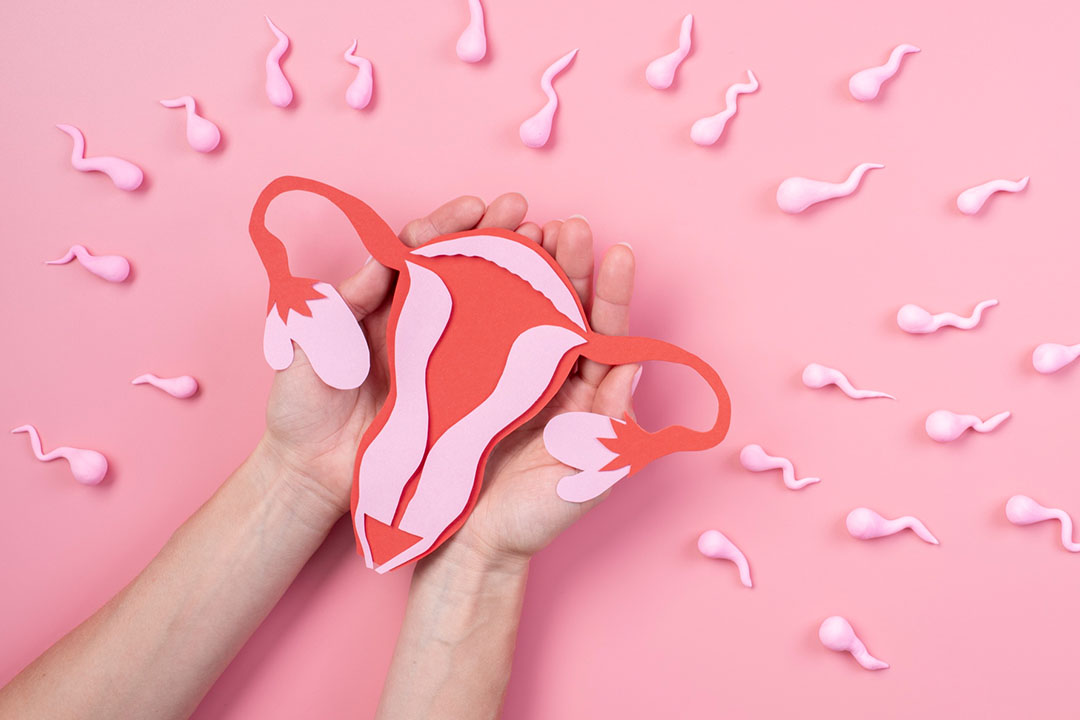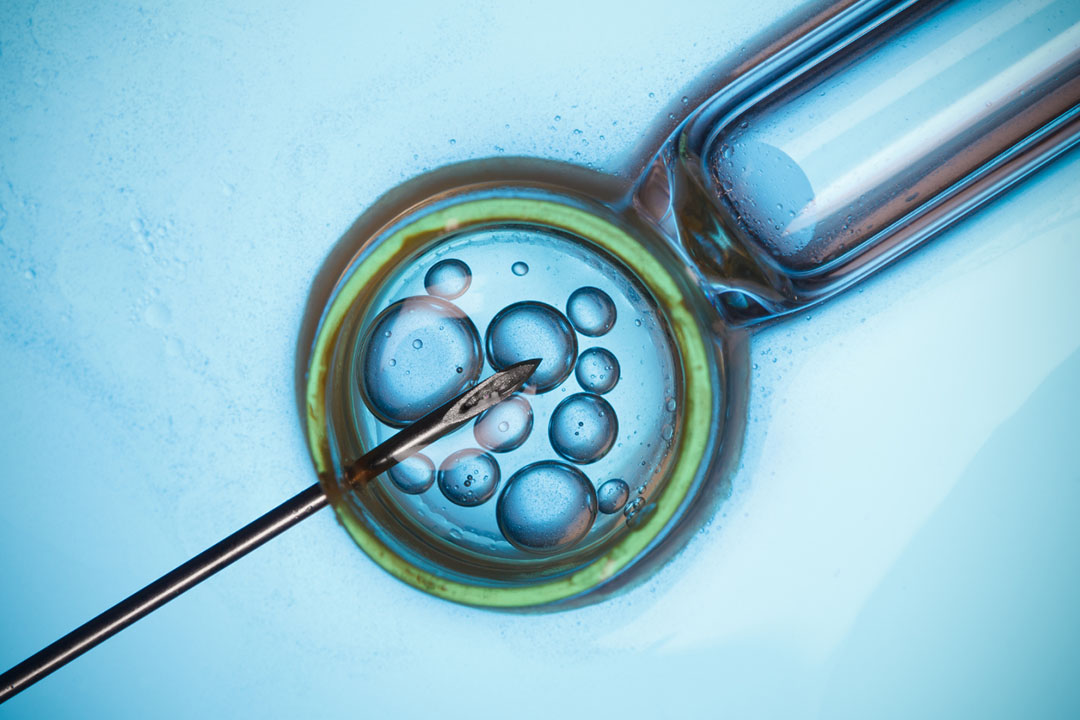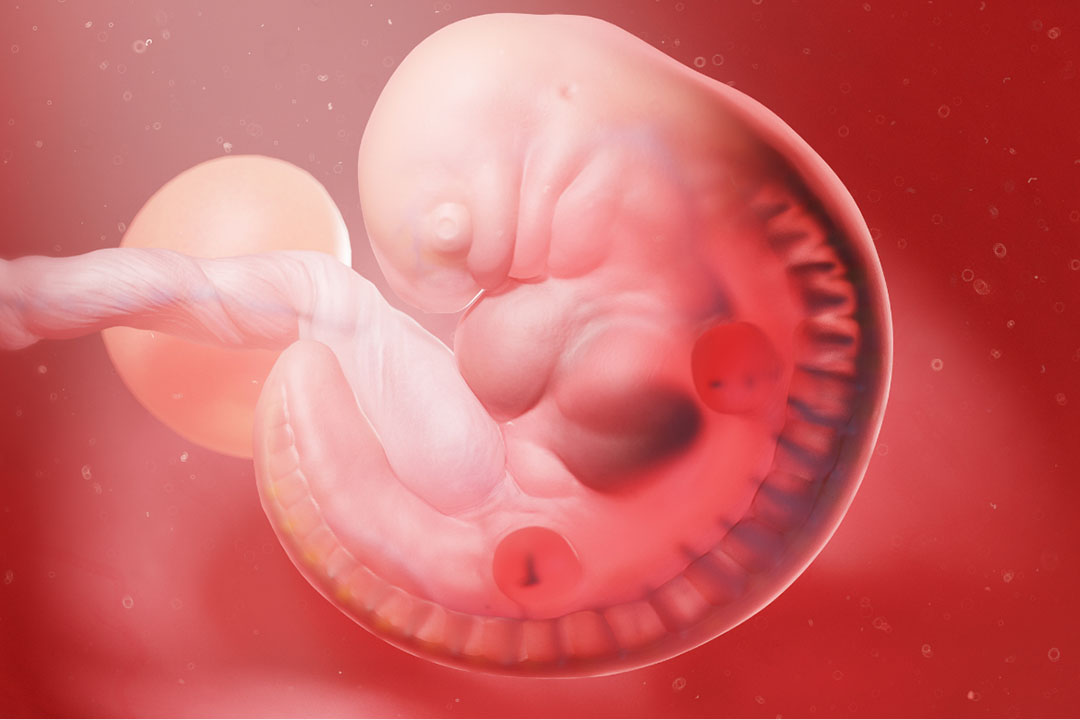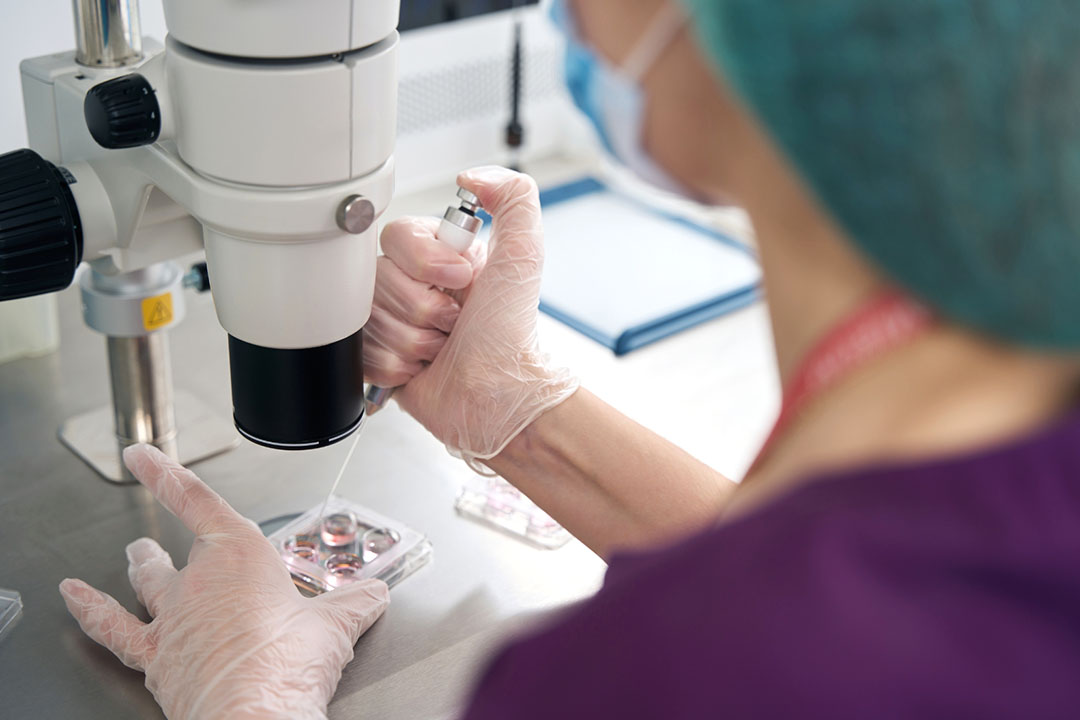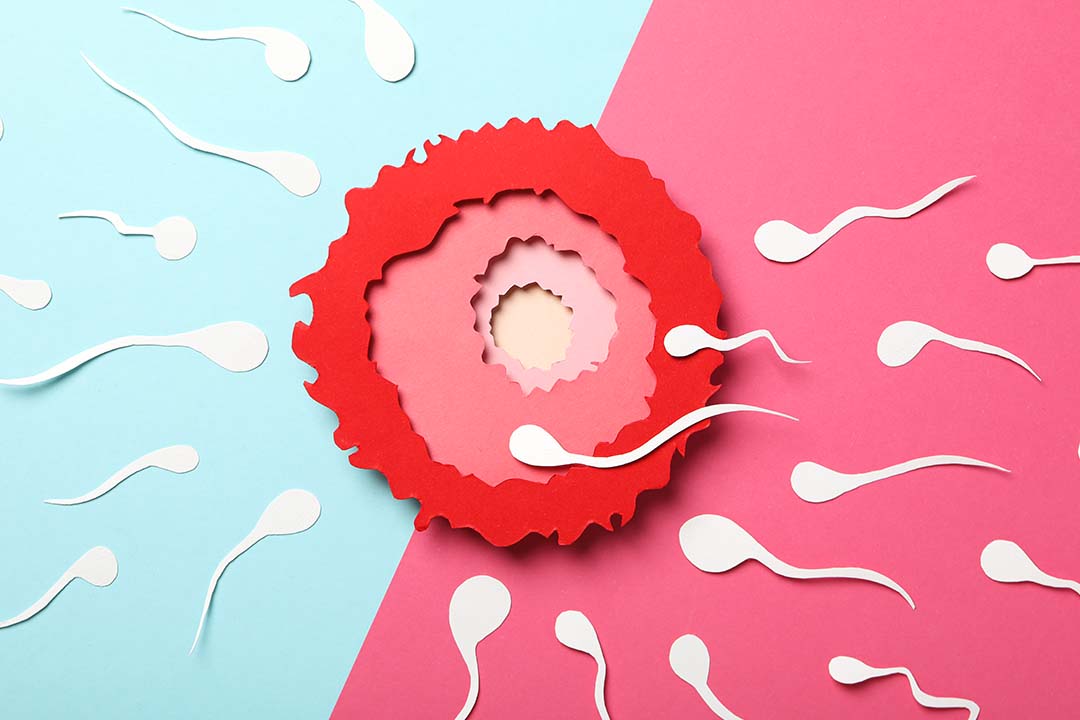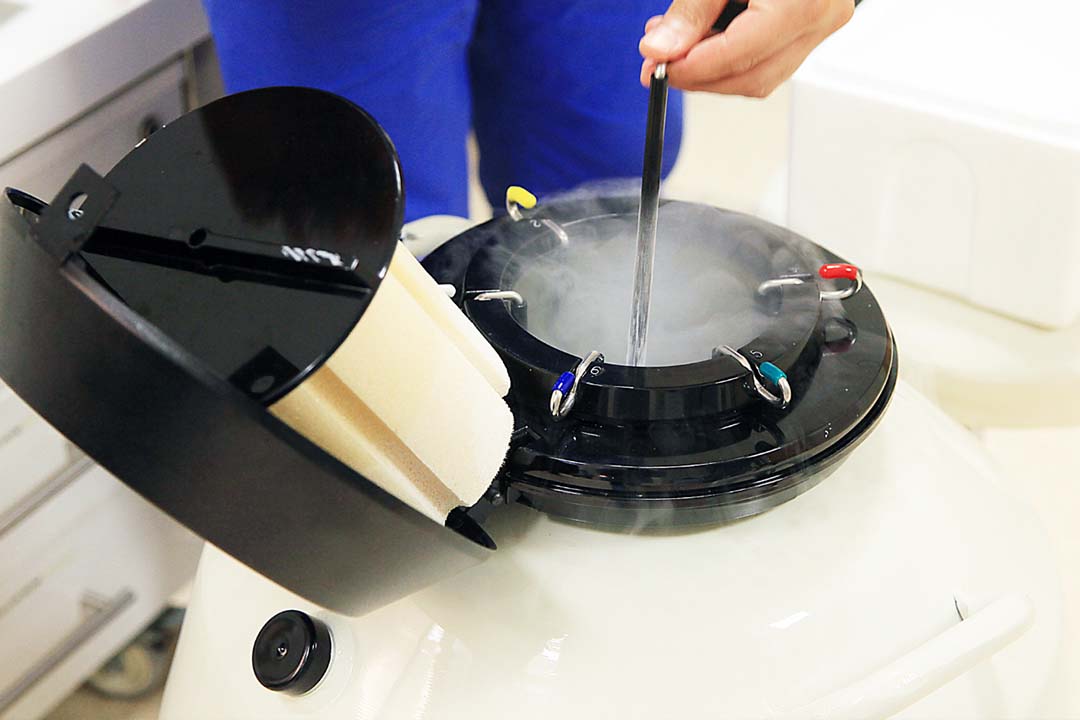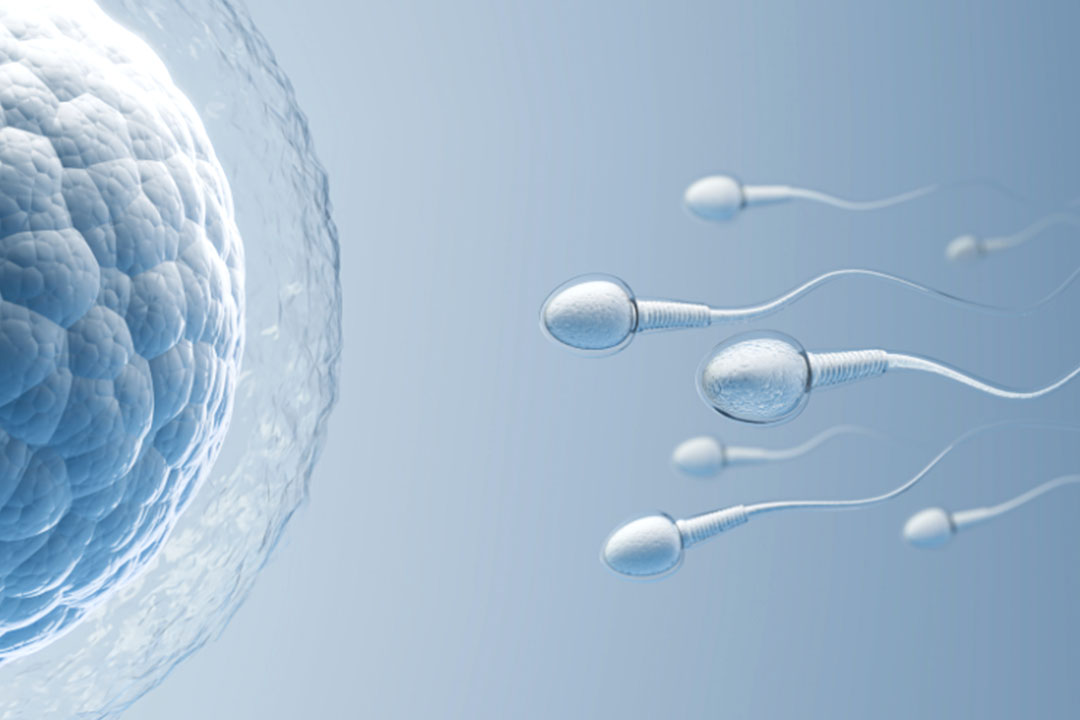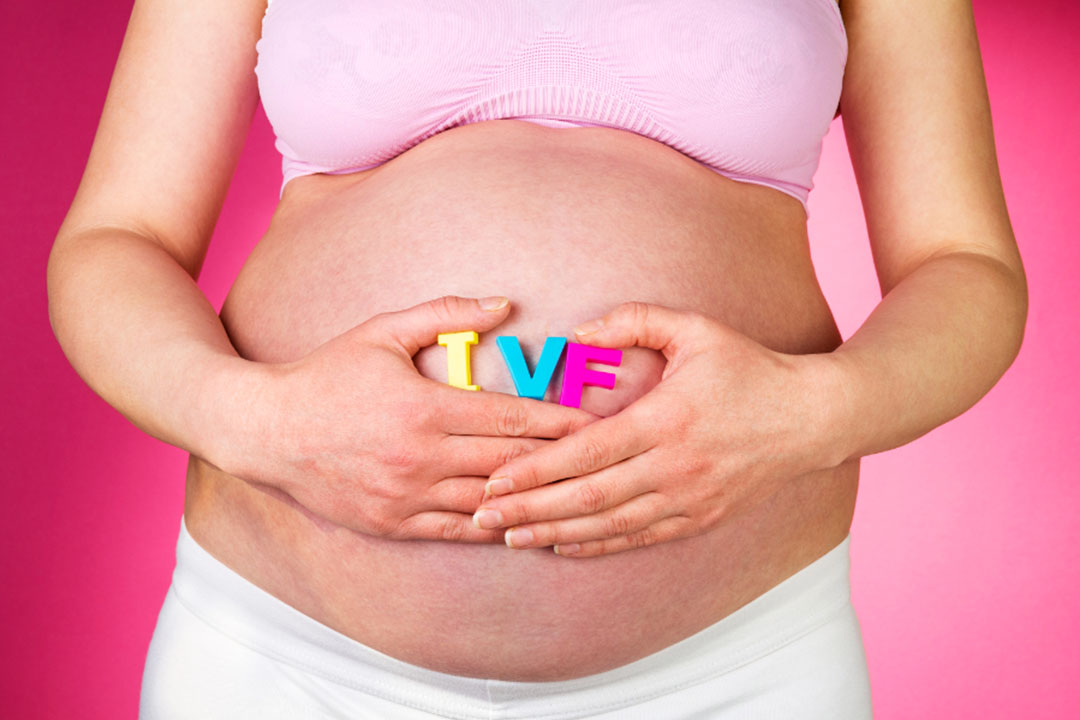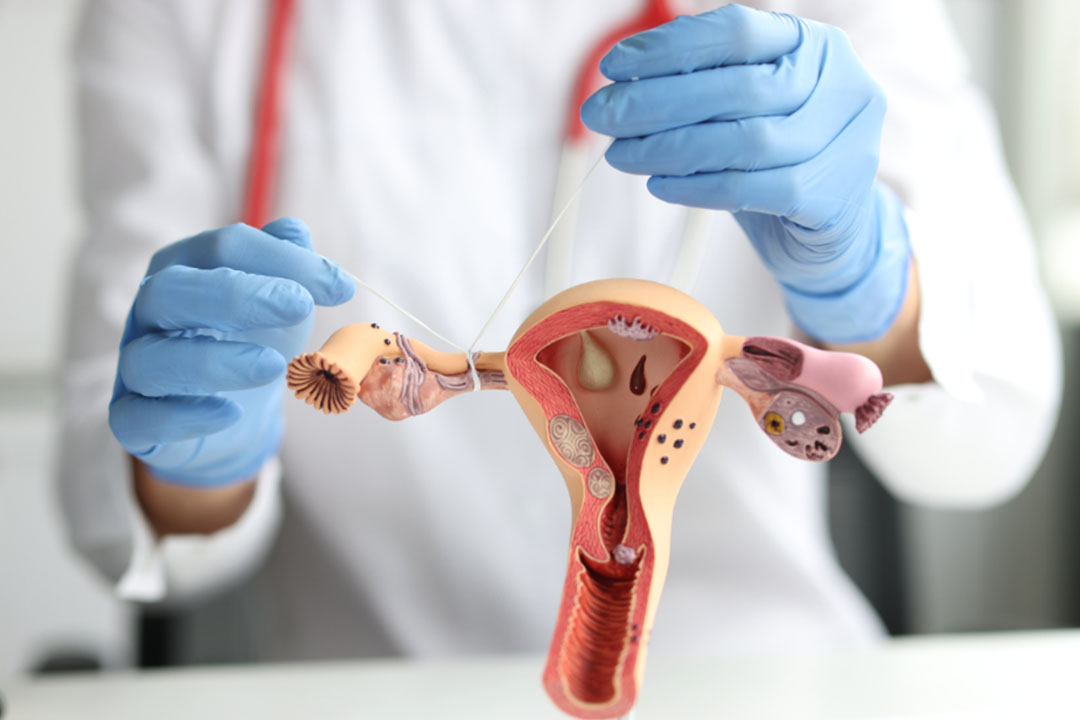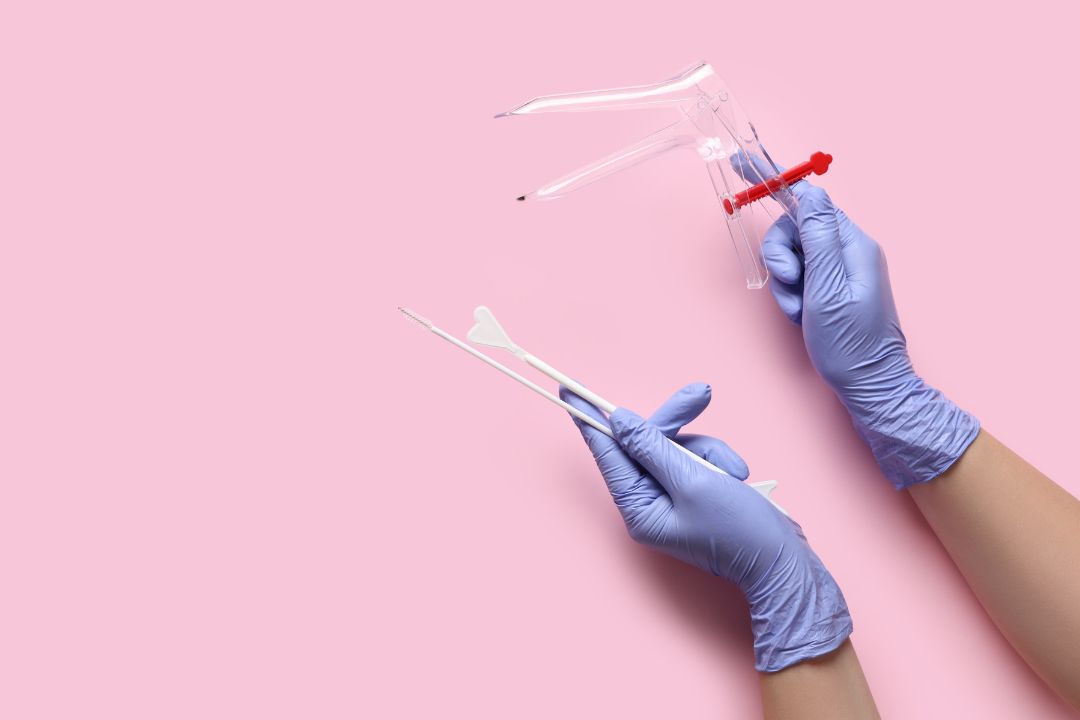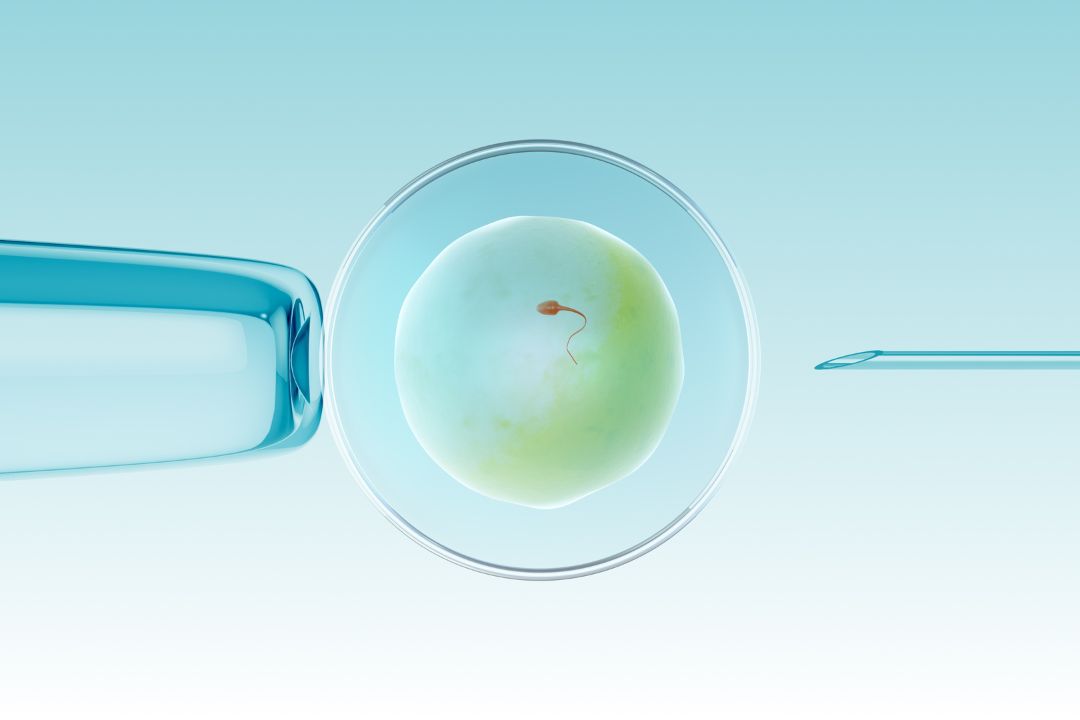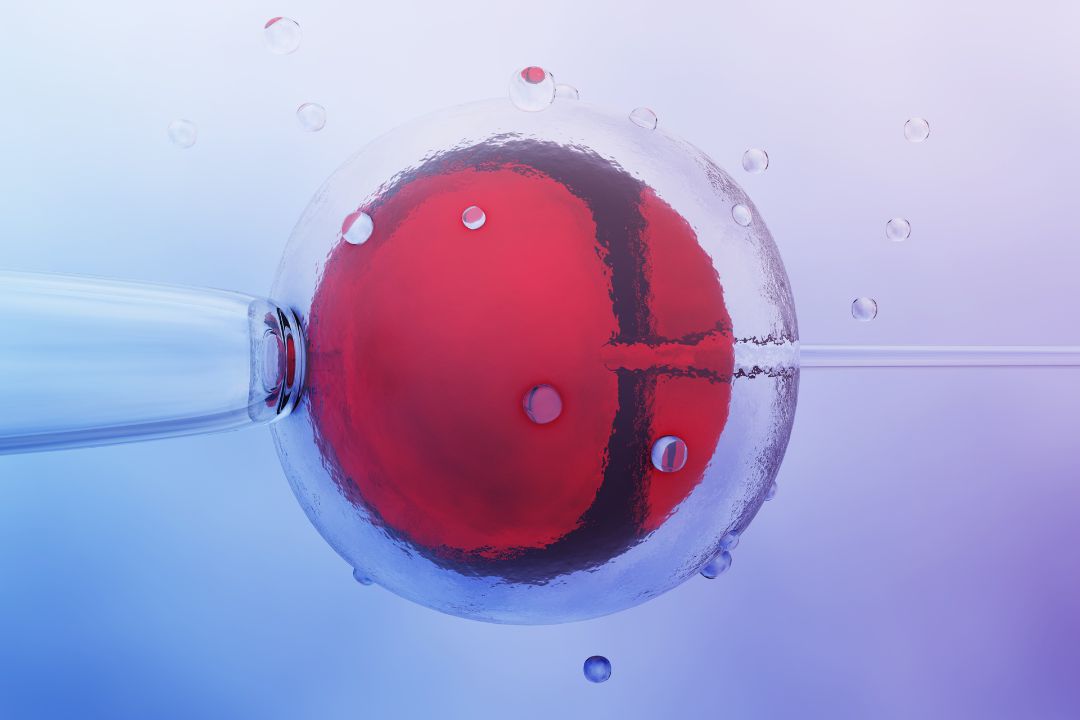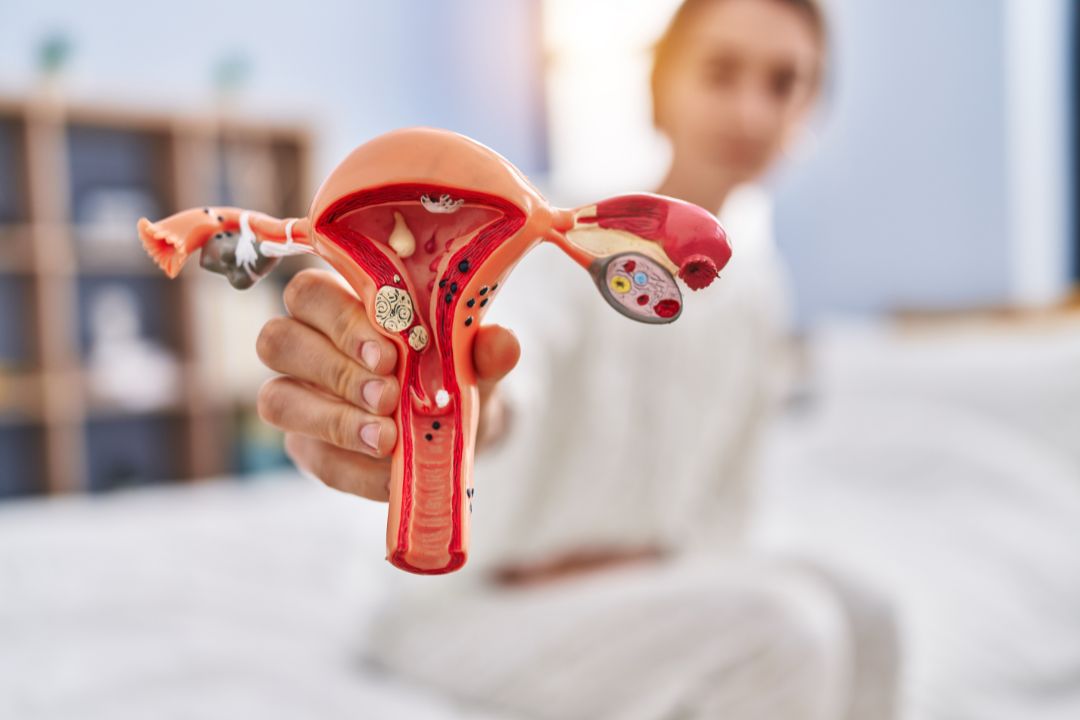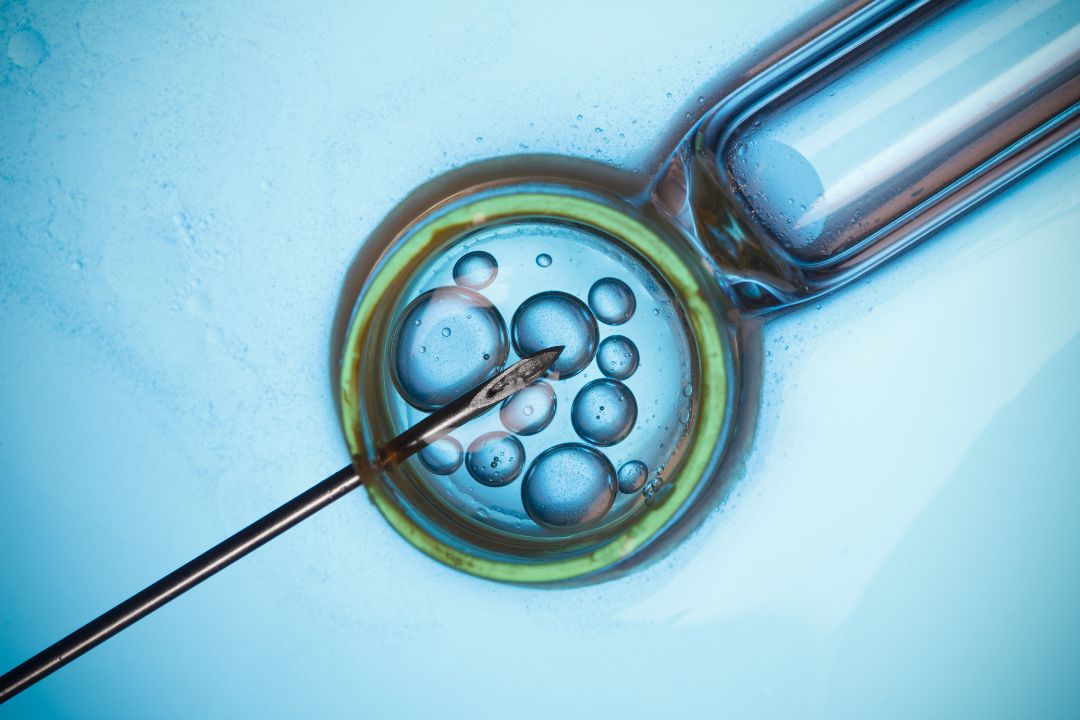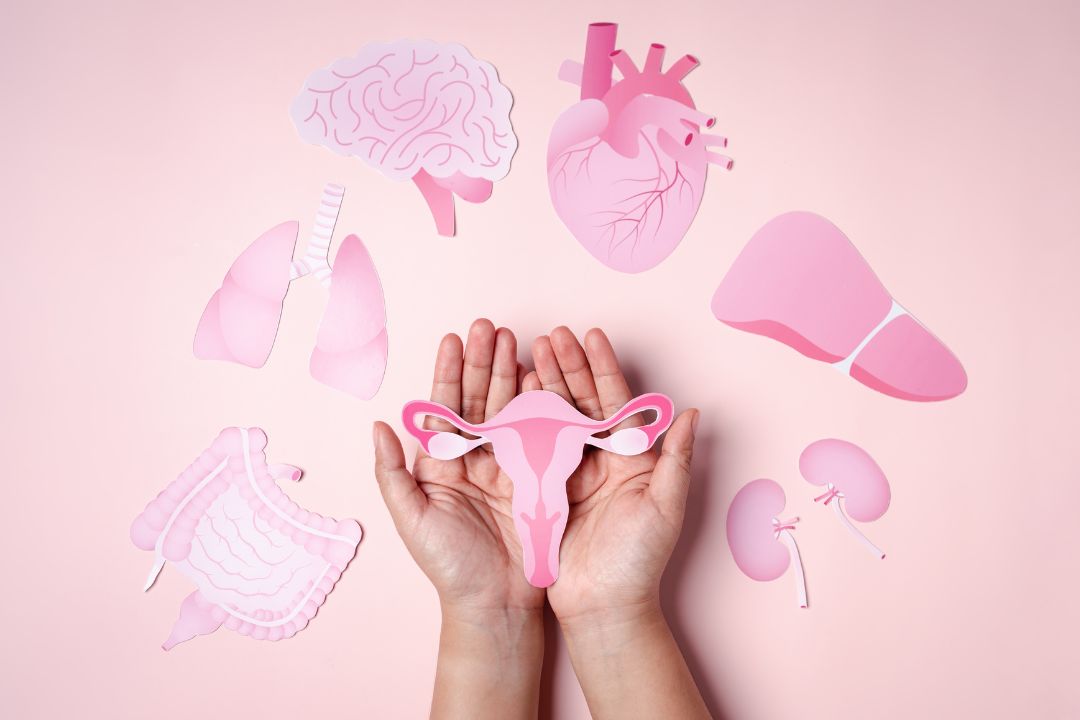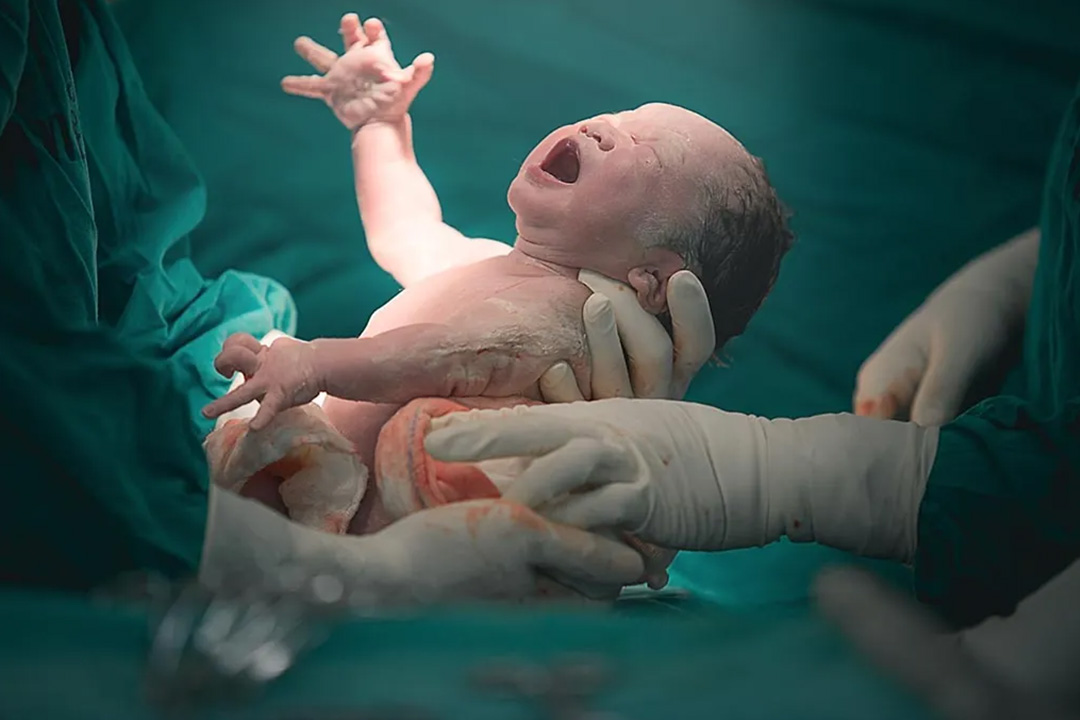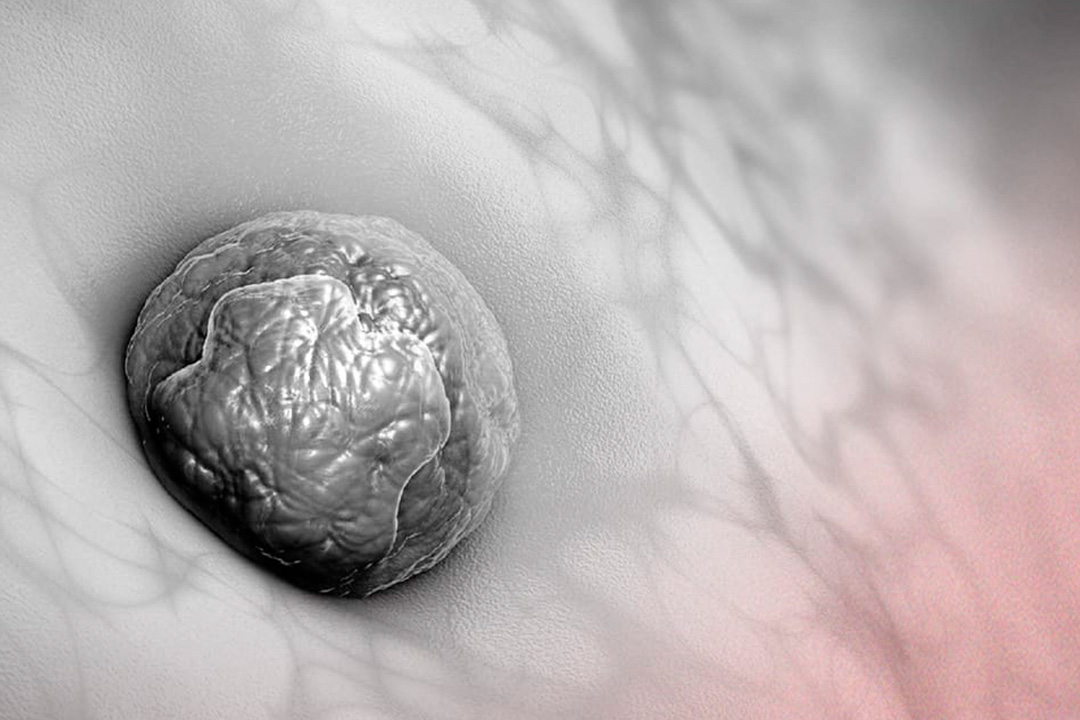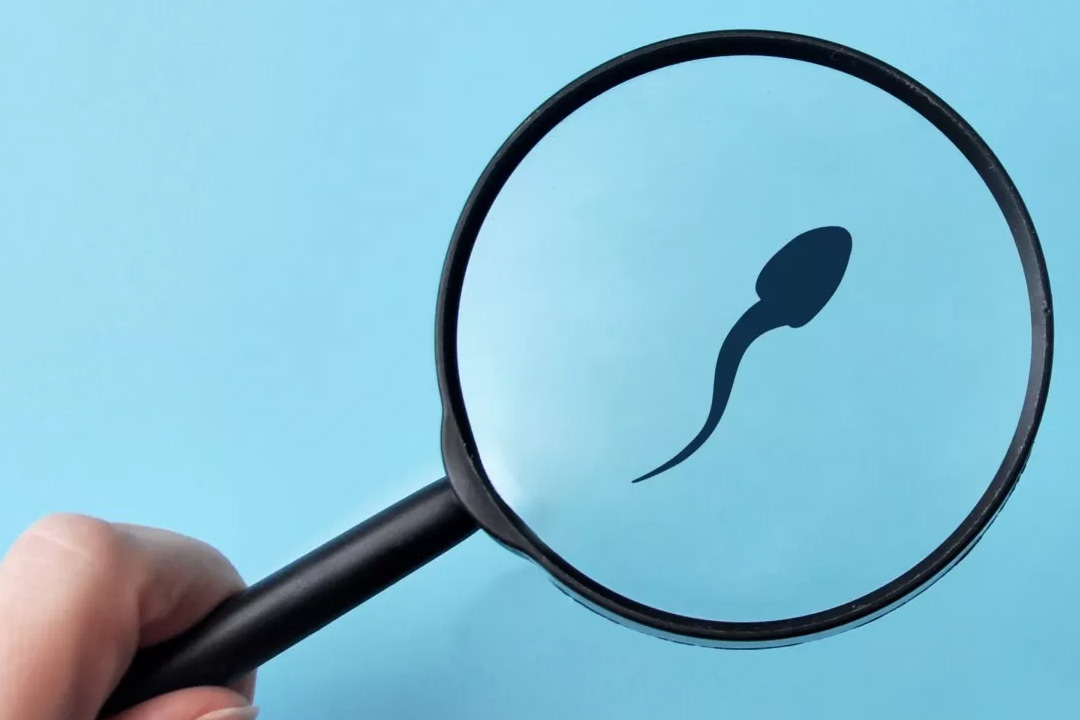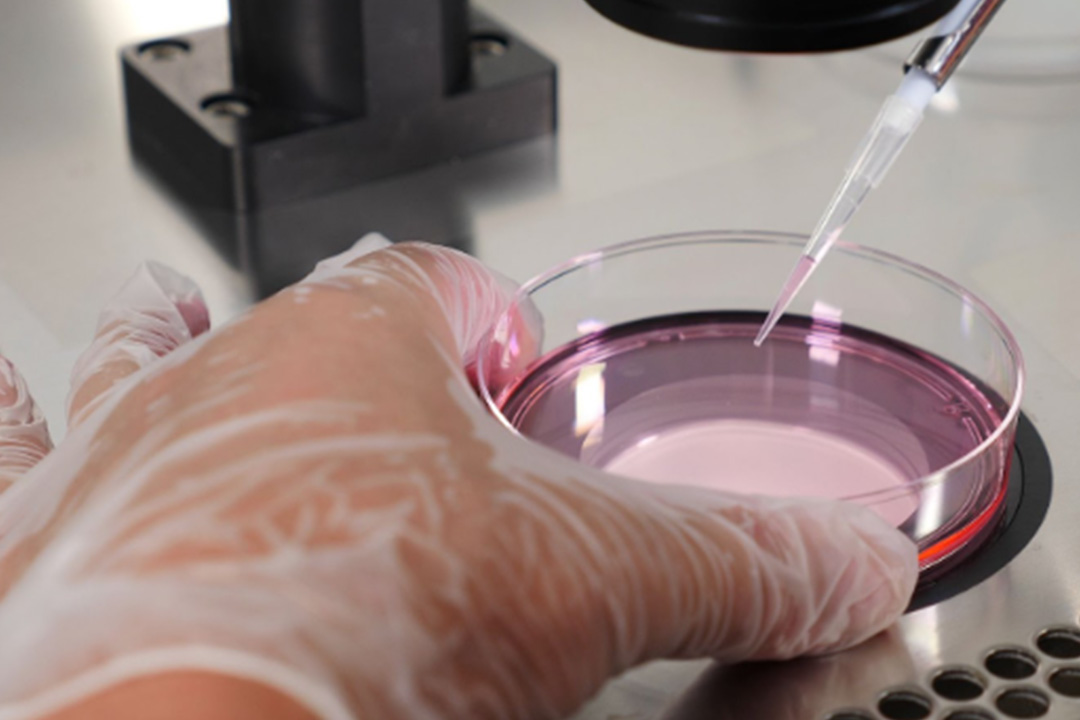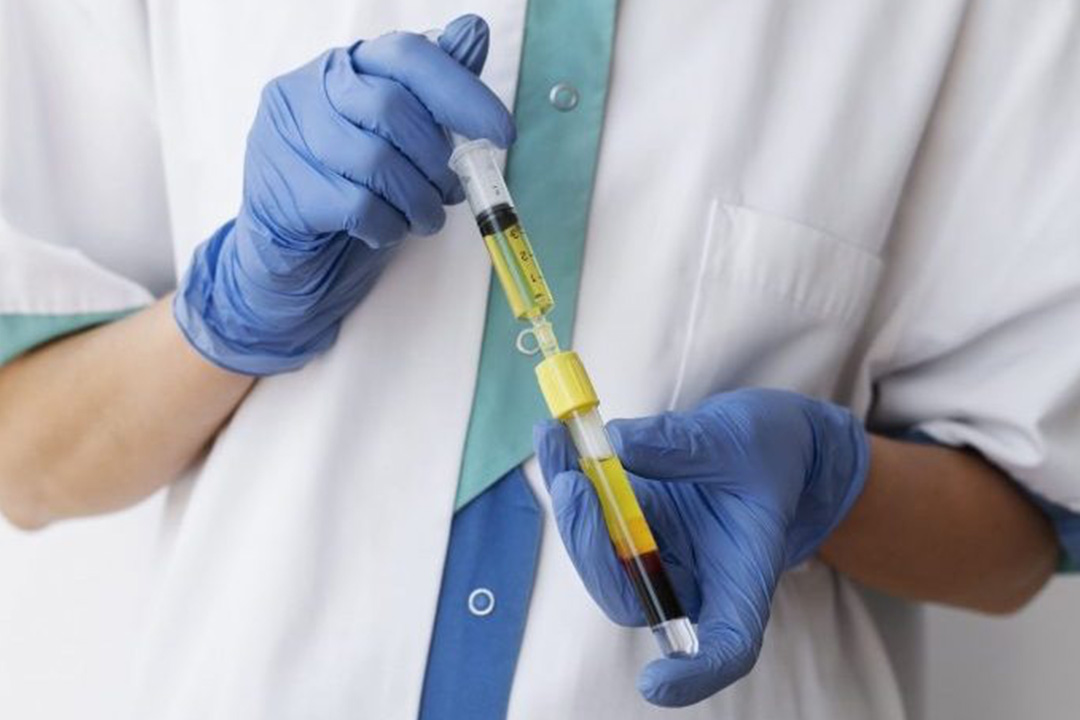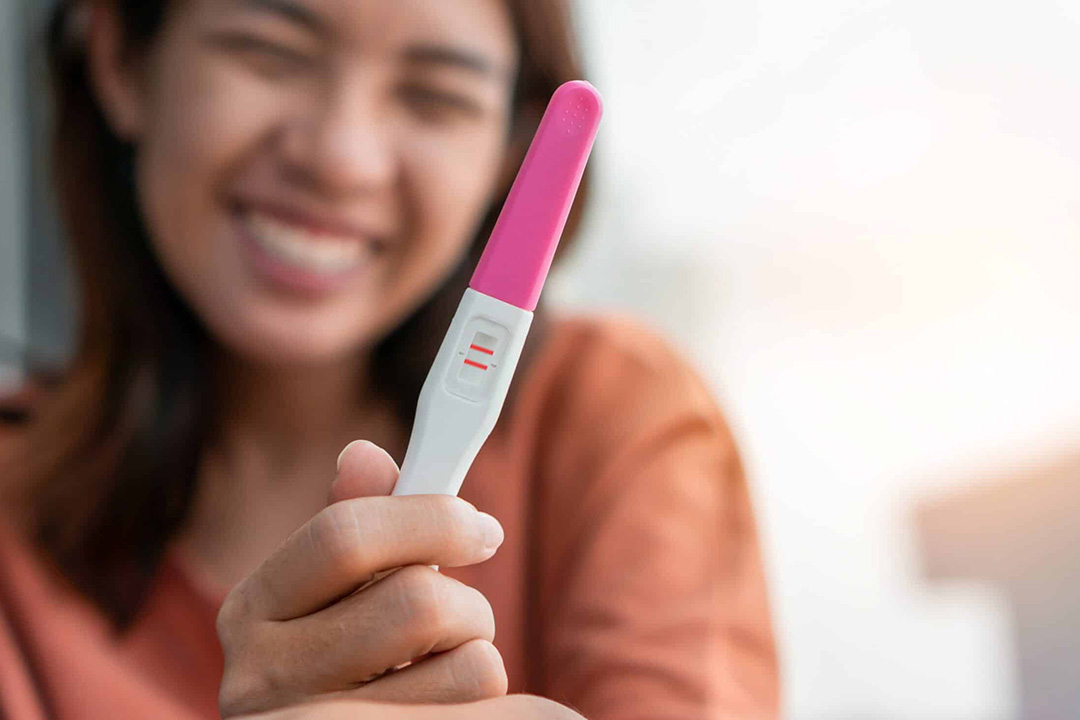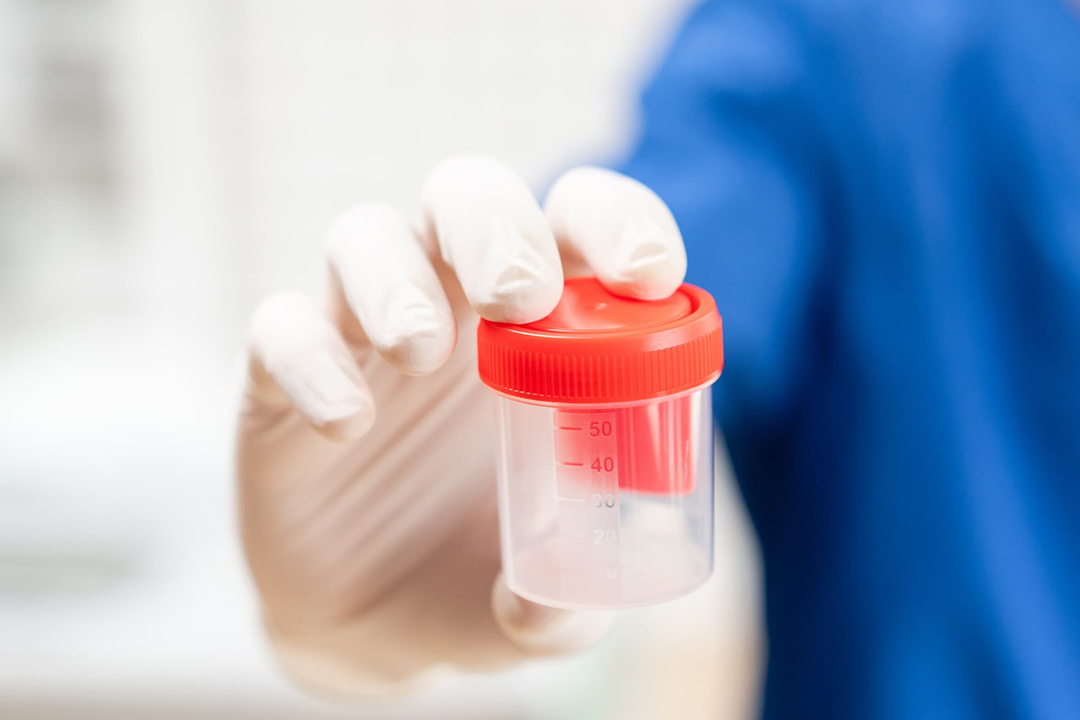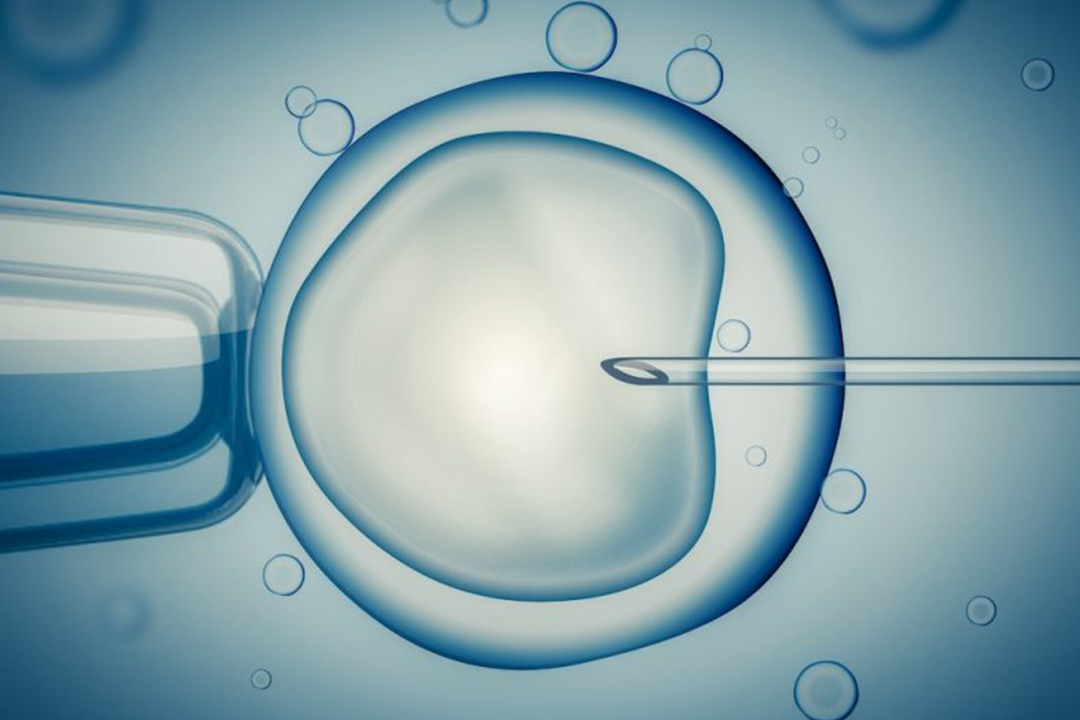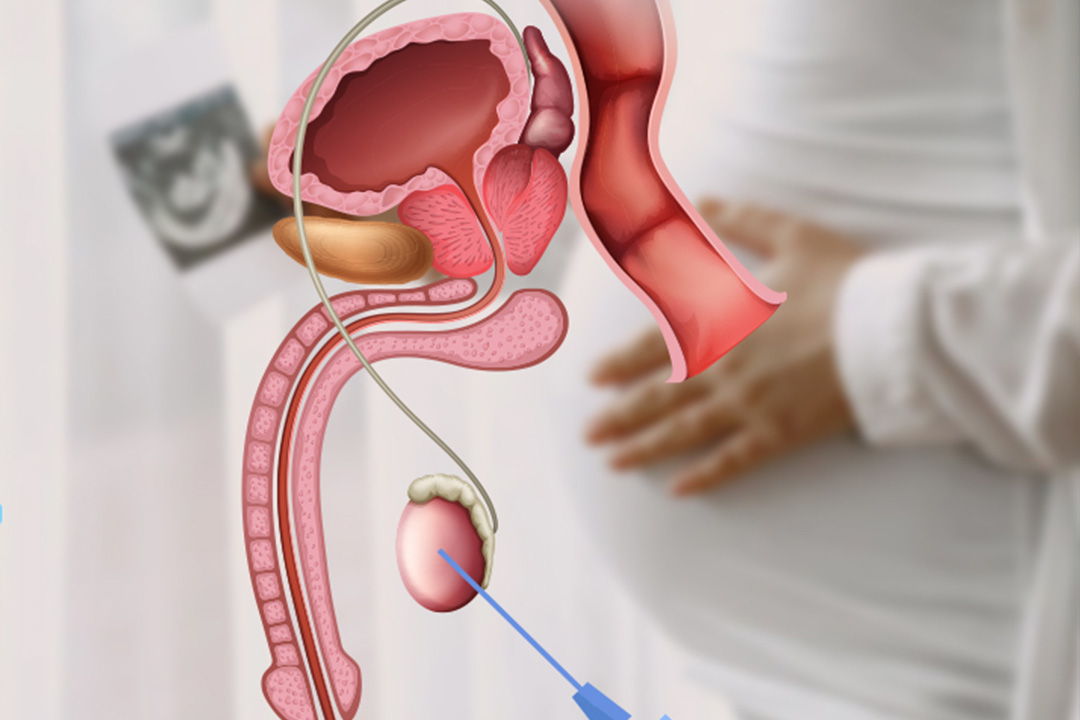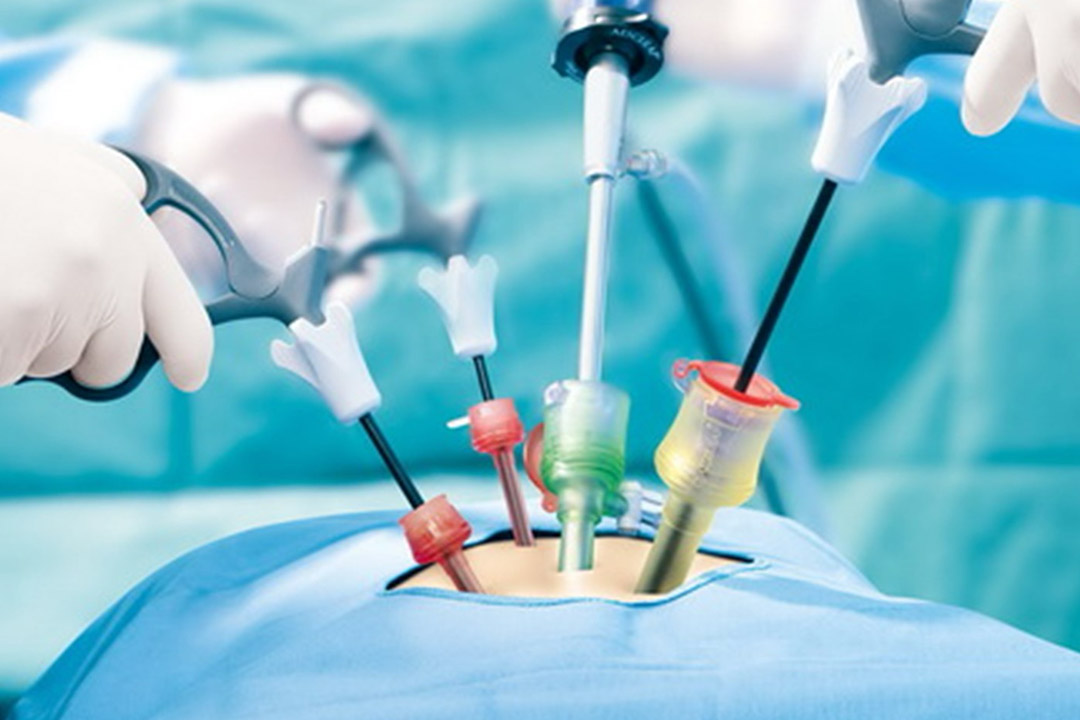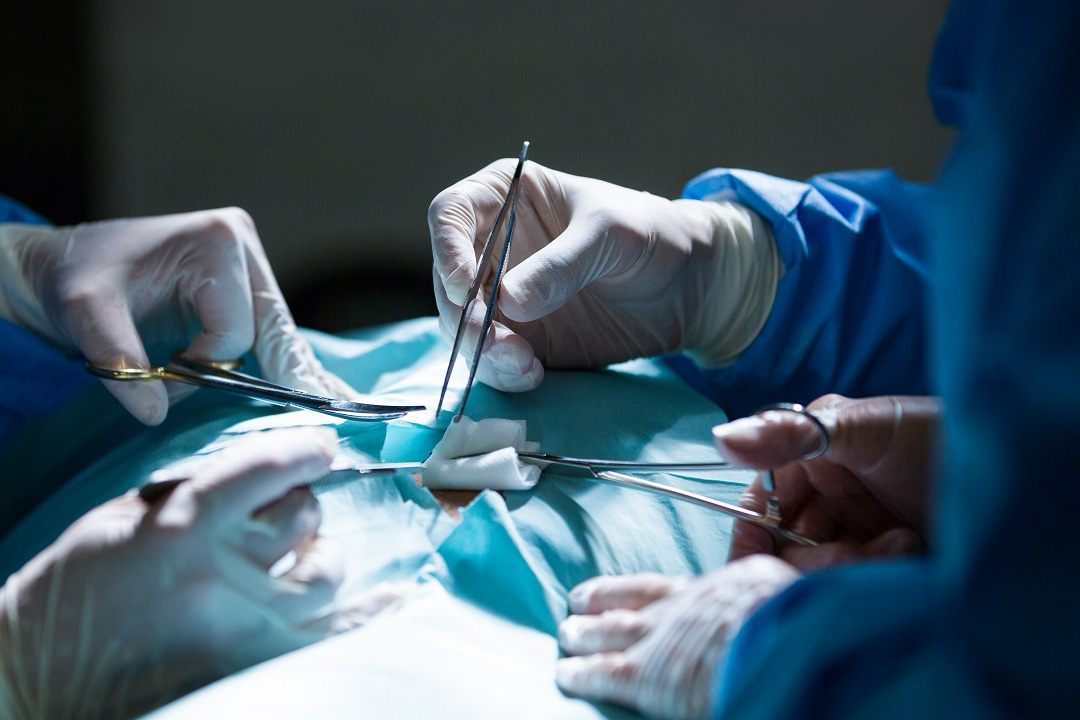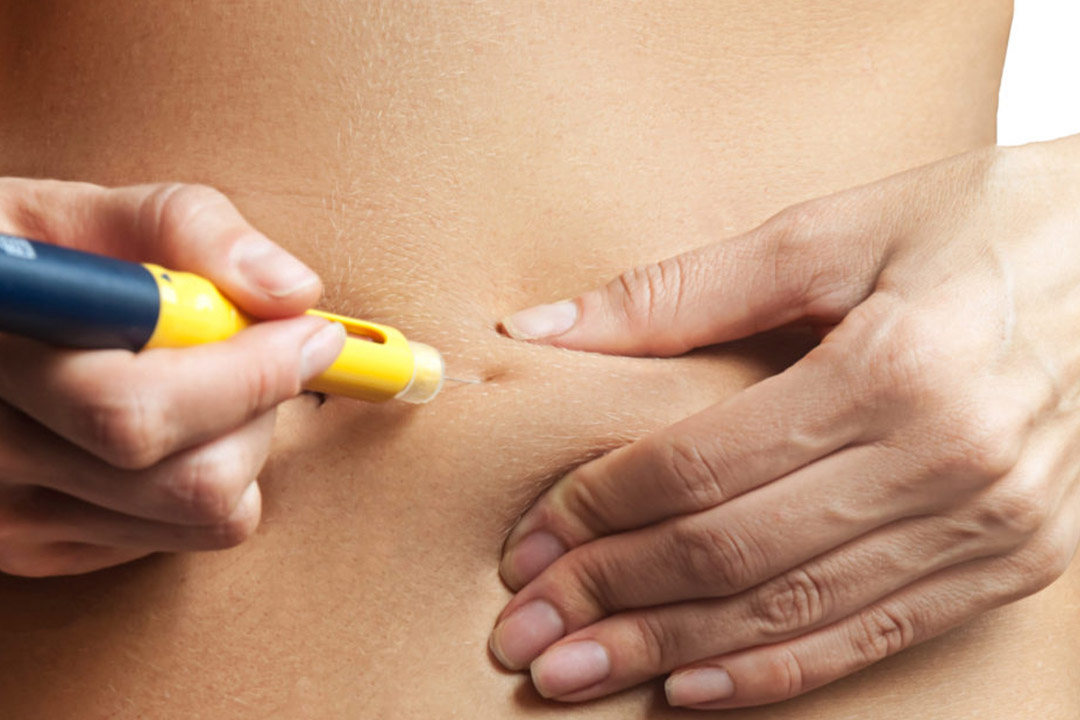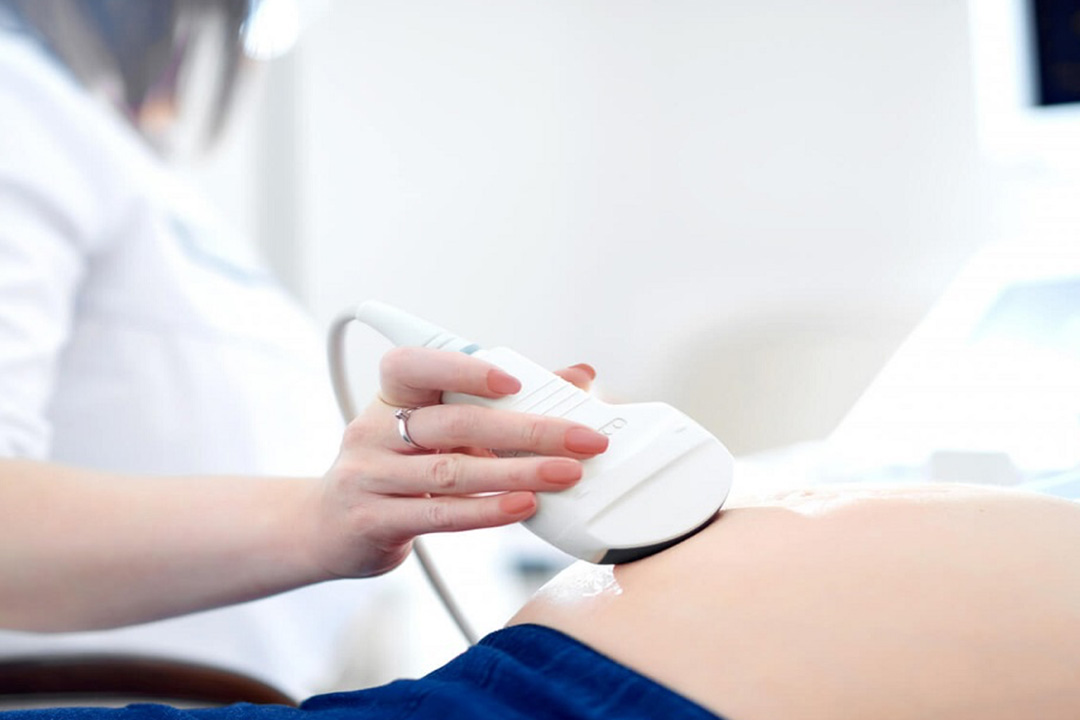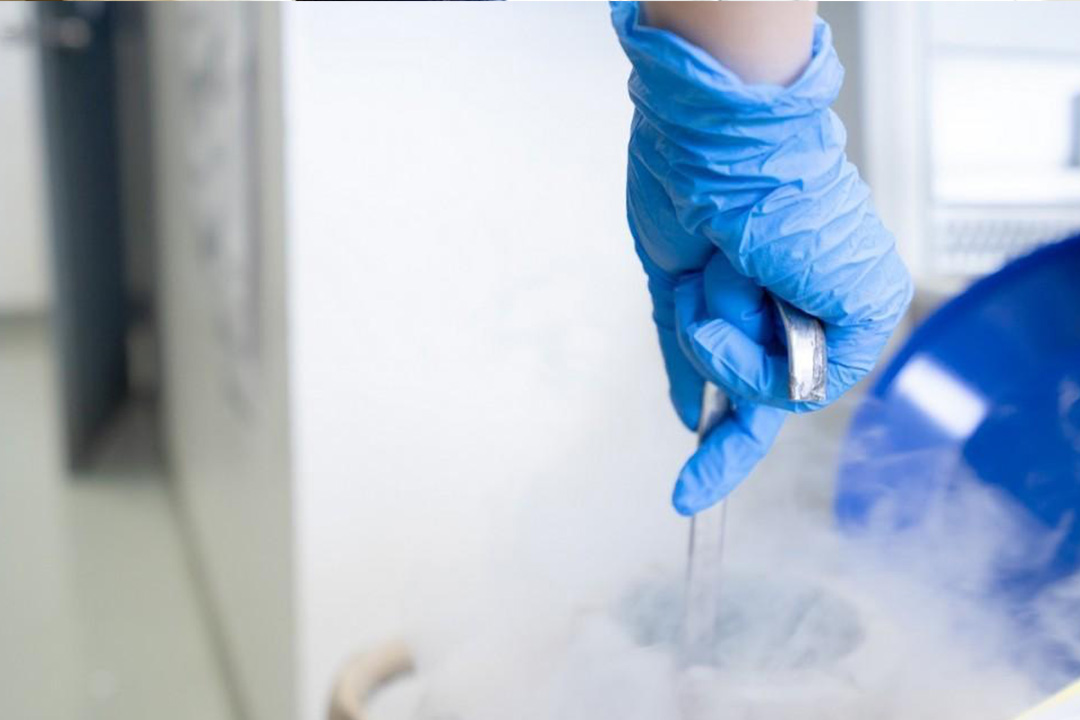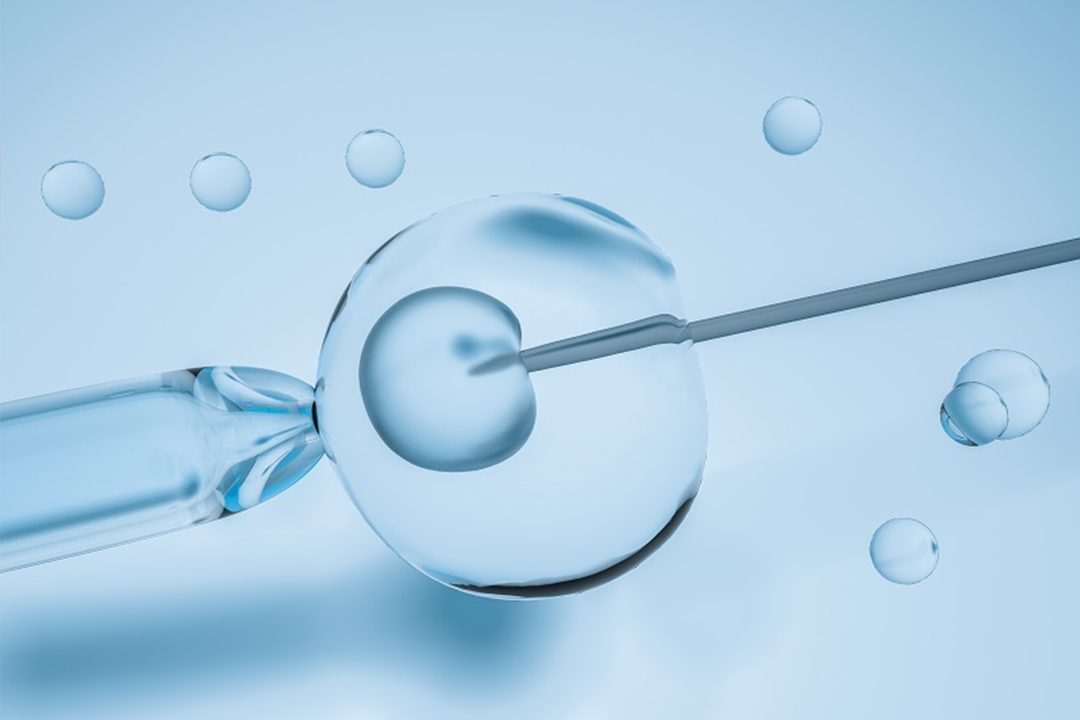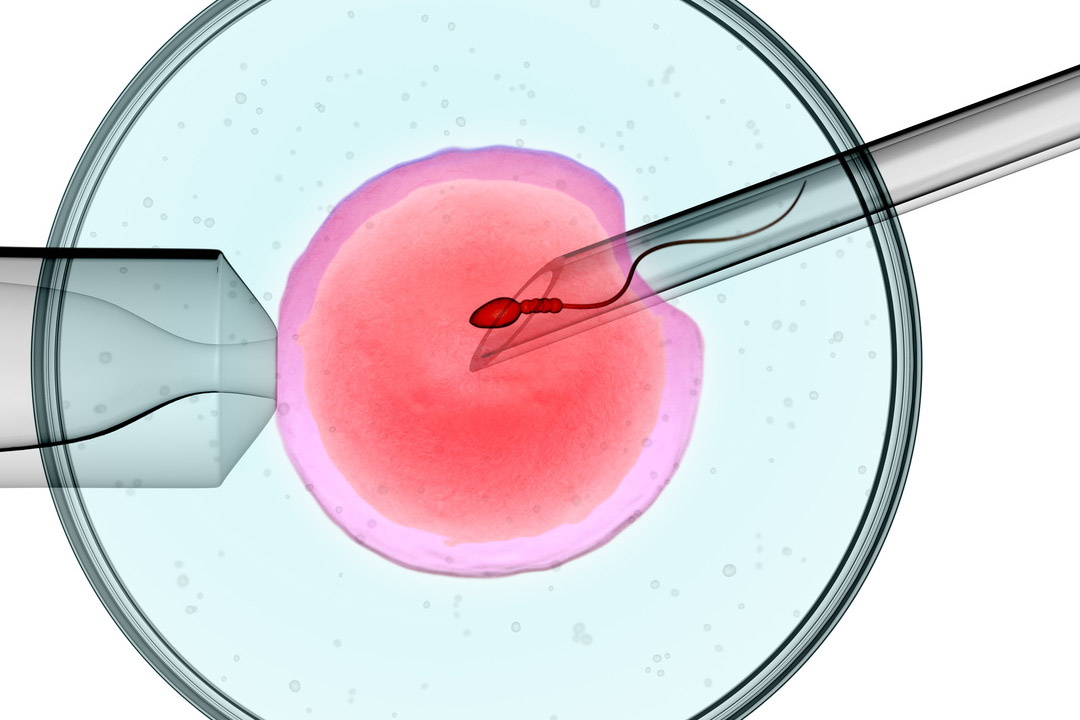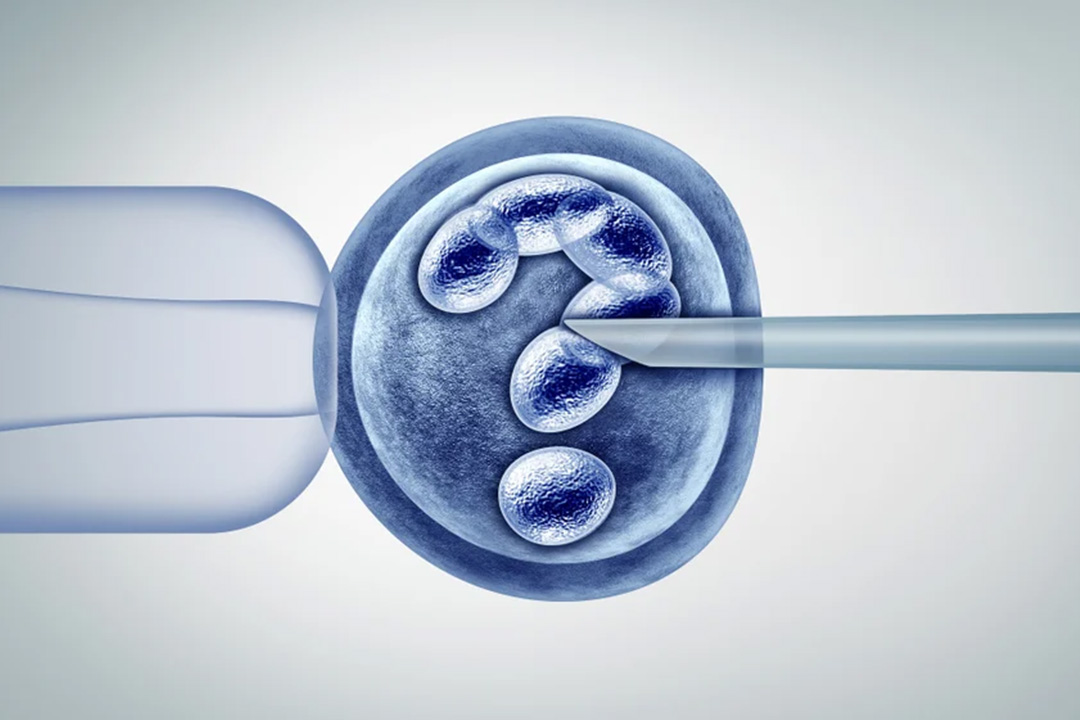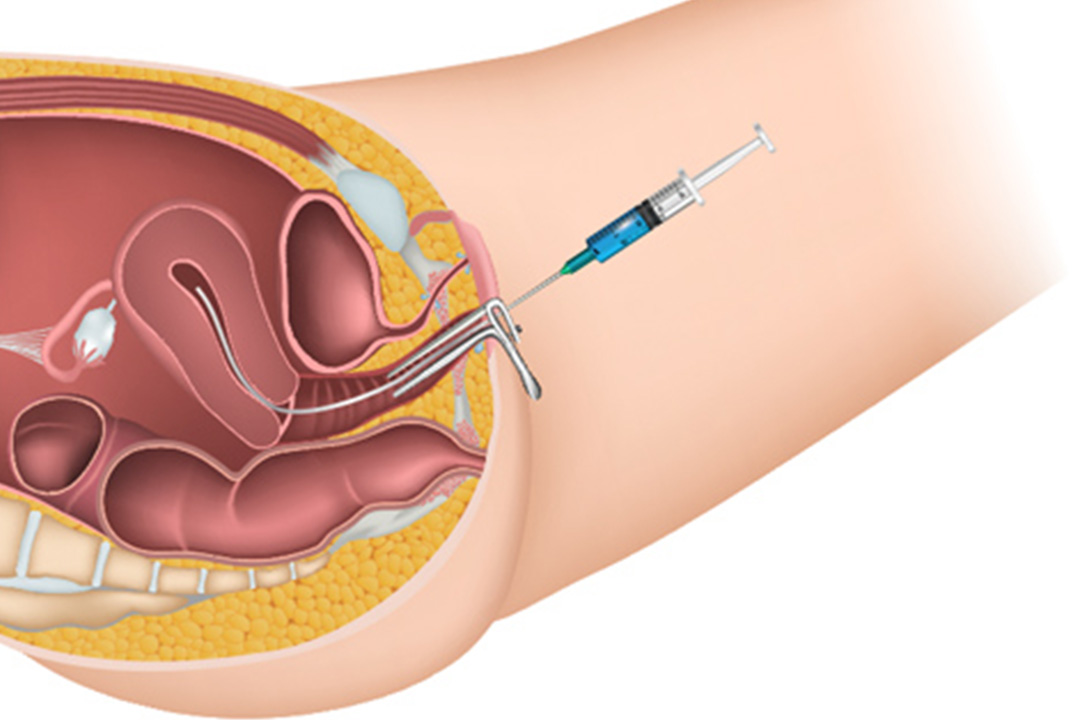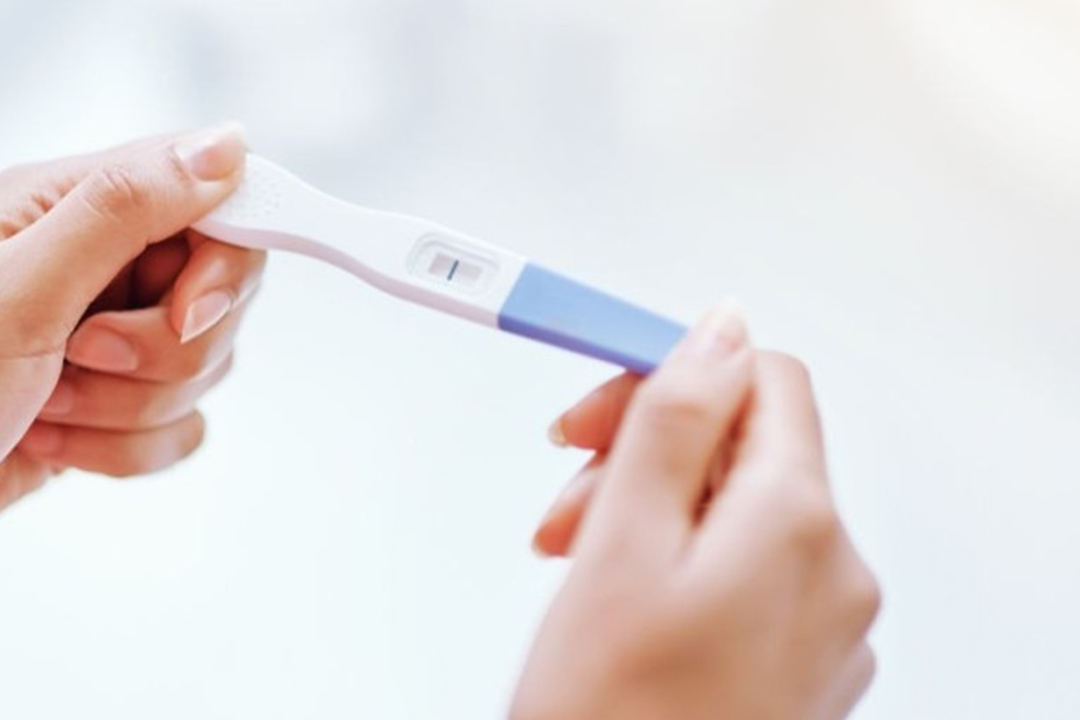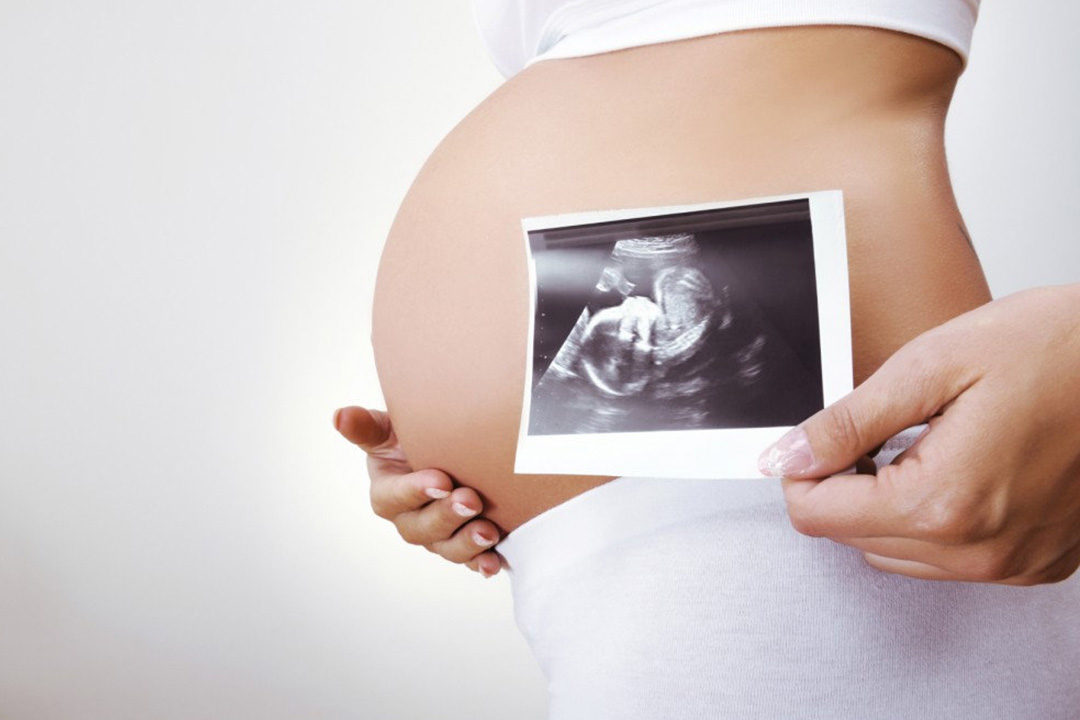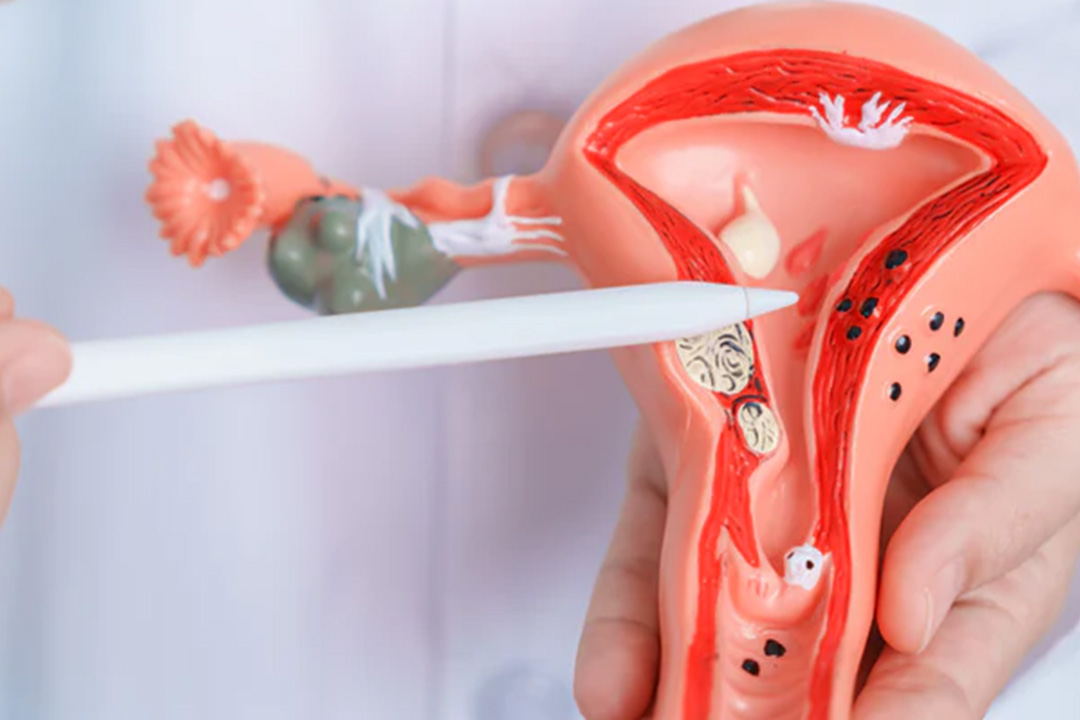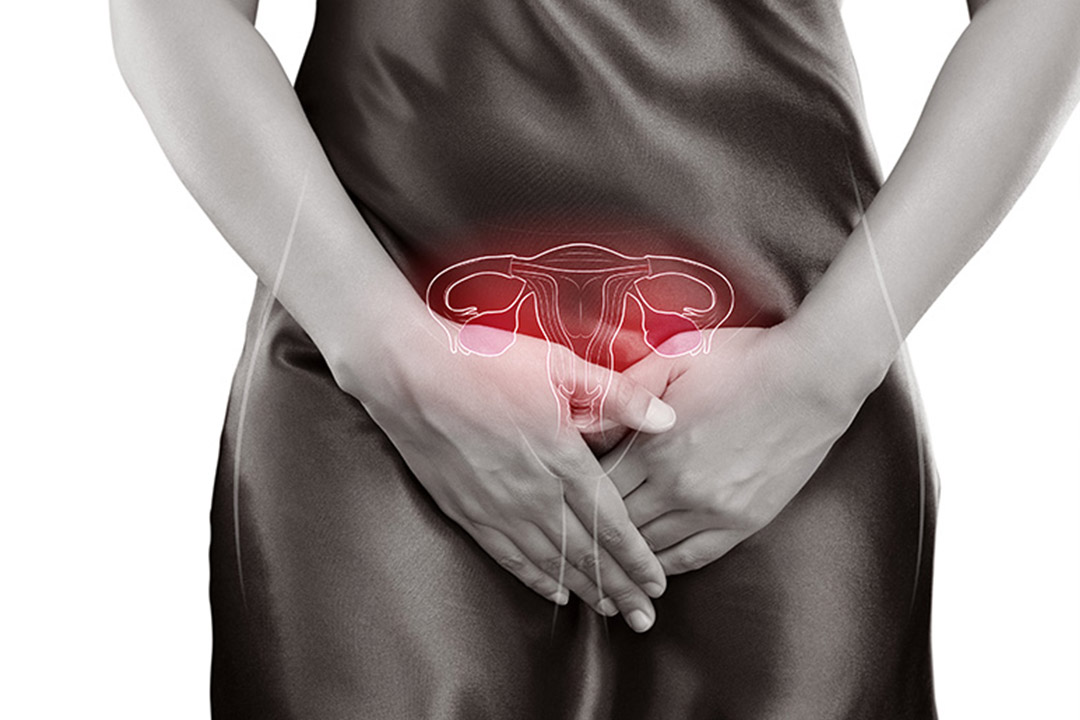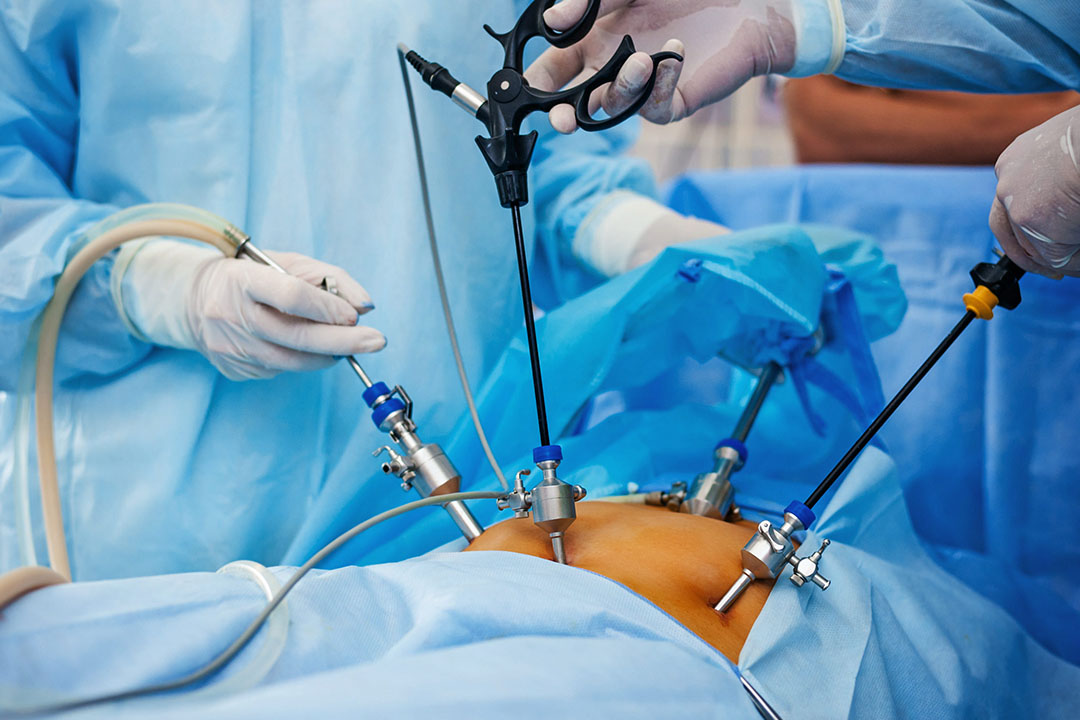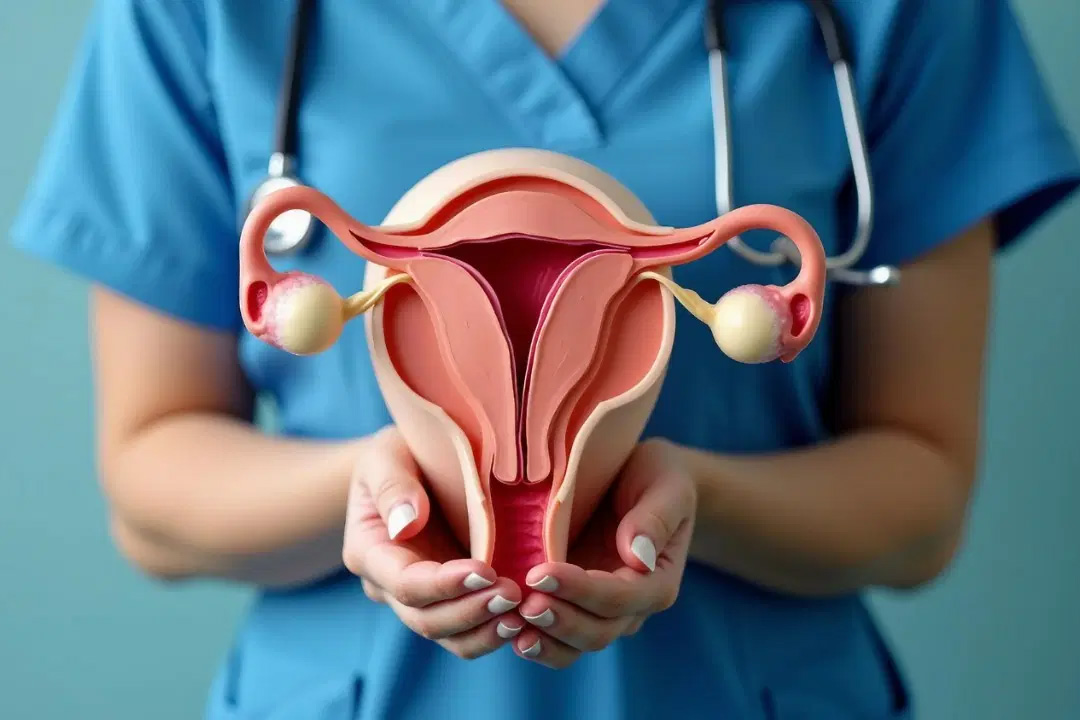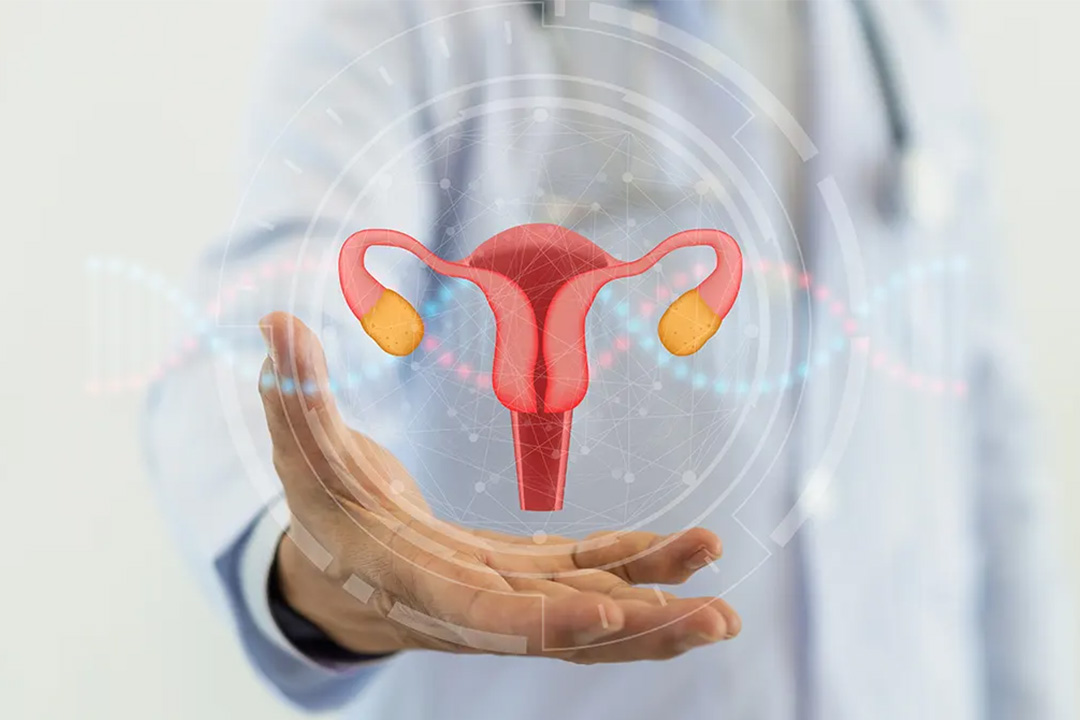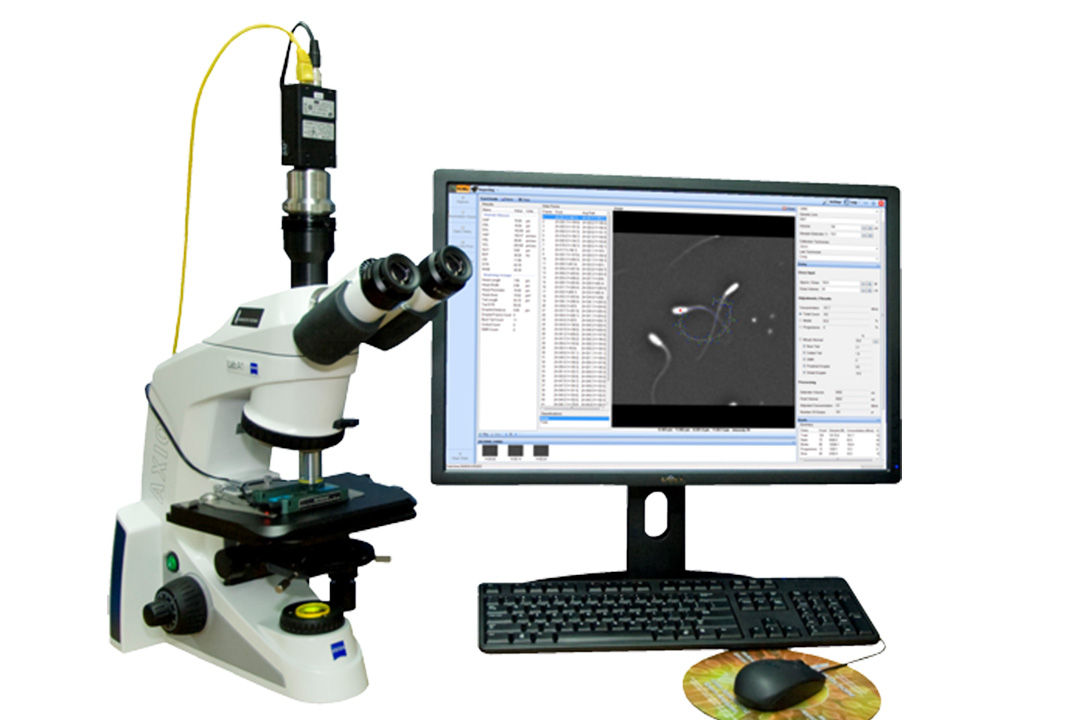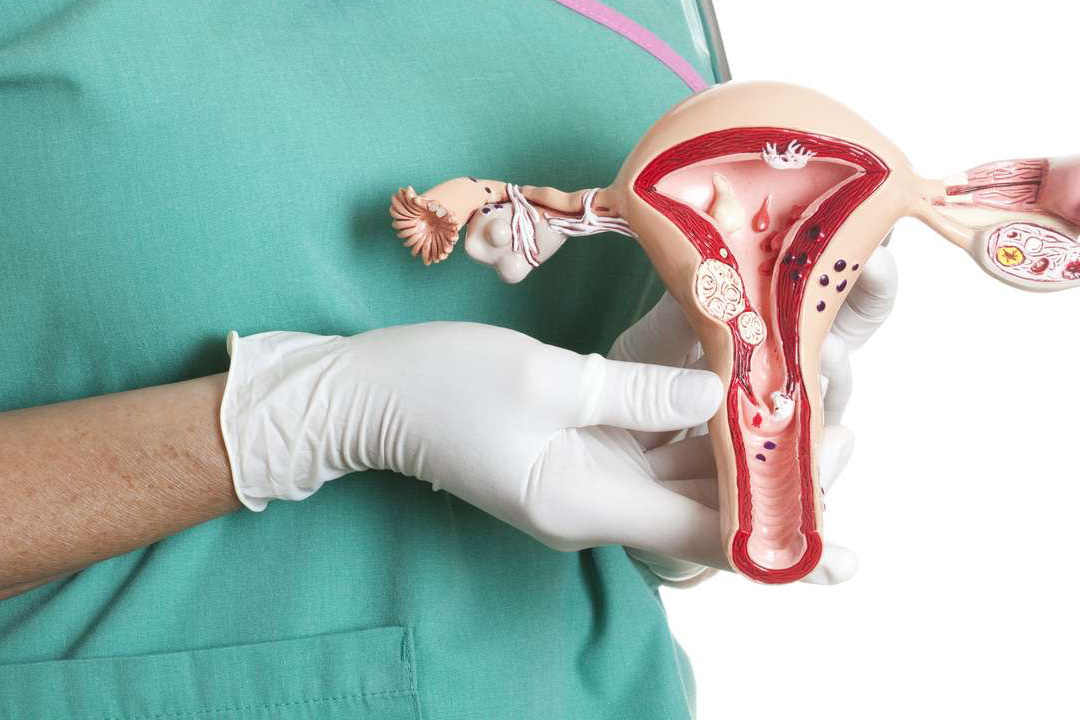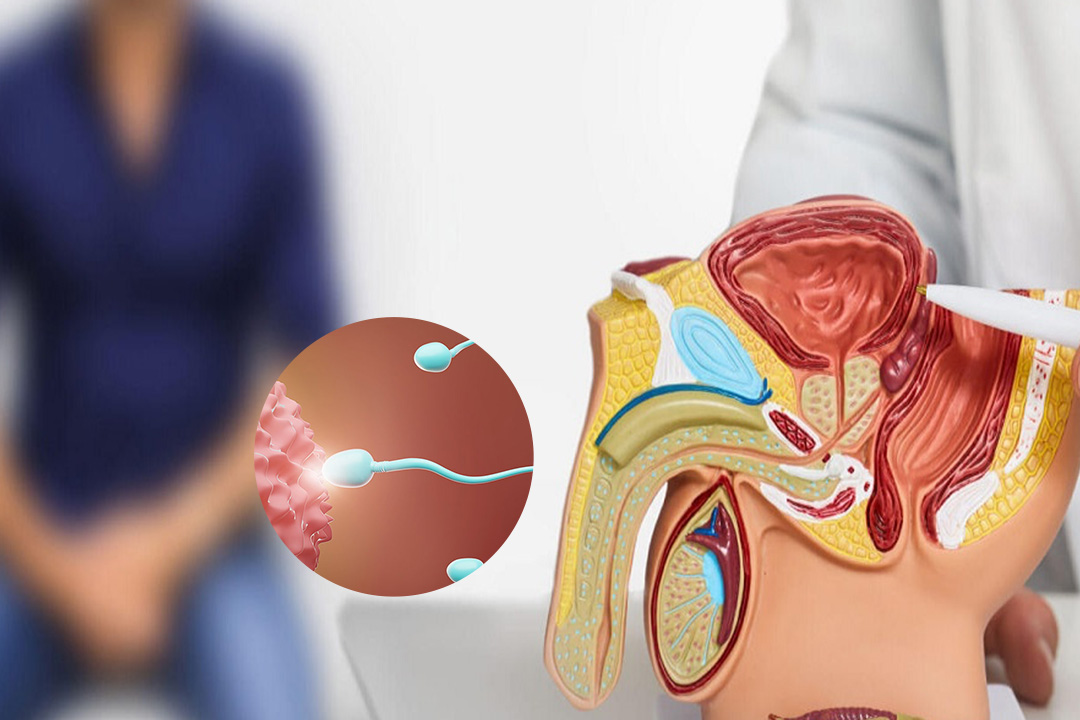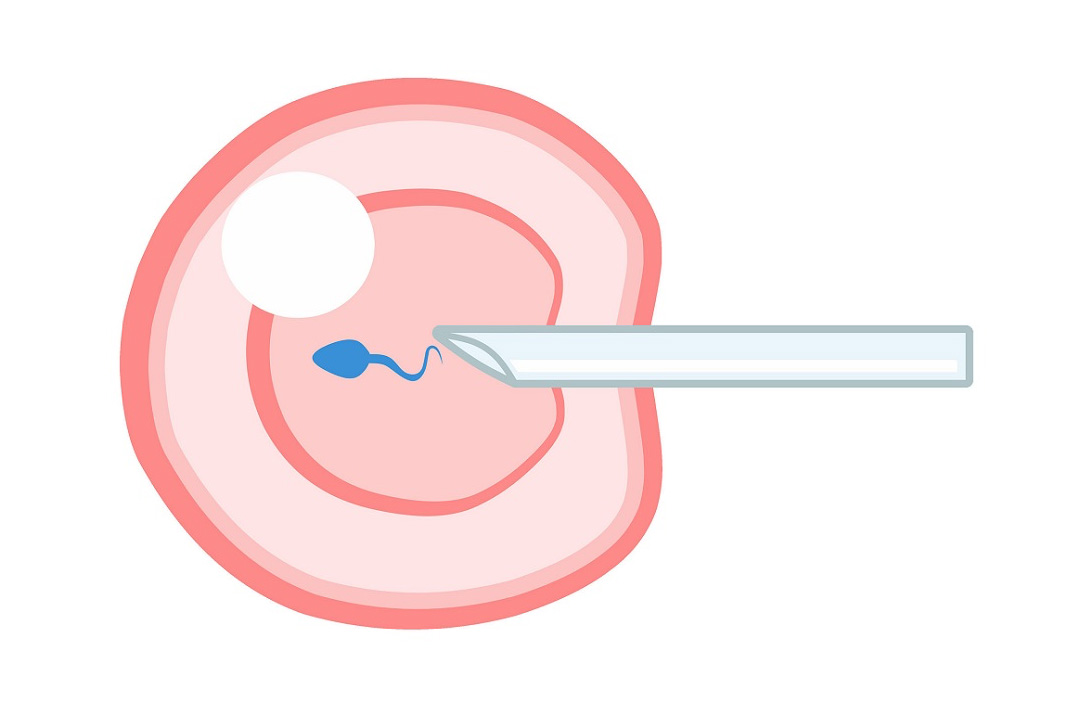Laser Hatching in IVF: What You Should Know
Every single step matters for many couples undergoing in vitro fertilization (IVF). Every action counts when it comes to embryo hatching from its protective shell—a critical phase for a successful IVF cycle. Laser hatching stands as a modern method that actively helps the embryo break free from its outer layer, boosting the chances of it implanting in the uterus.
In this guide, we explain what laser hatching is, describe how the procedure works, outline who may gain from it, and detail the advantages and risks involved.
What Is Laser Hatching?
Laser hatching uses an advanced technique during IVF to help the embryo actively 'hatch' from its outer shell, known as the zona pellucida. This shell serves to protect the embryo as it grows. However, before the embryo can implant into the uterus, it must break through this barrier.
Sometimes, the zona pellucida becomes unusually thick or hardened. This thickening occurs naturally or follows the freezing and thawing process. A thick shell may block the embryo from hatching correctly, thereby reducing the chance of implantation.
An embryologist uses a precise laser to create a small opening in the zona pellucida. This tiny gap actively assists the embryo to escape its shell.
Once the embryo hatches, it can attach itself to the uterine wall—a critical step in forming a pregnancy. In simple terms, laser hatching gives the embryo a direct push toward the next stage of development.
The Importance of Hatching for Embryo Implantation
Pregnancy cannot happen unless the embryo hatches and implants in the uterus. The process of implantation only begins when the embryo successfully breaks out of its shell.
For many patients, especially those who face challenges with implantation, laser hatching becomes a key component of their IVF treatment.
By actively facilitating the hatching process, this technique raises the chances that the embryo will implant and develop into a healthy pregnancy.
How Laser Hatching Works
Laser hatching uses a focused beam of light to create a small opening in the embryo's outer shell. Here is a step-by-step look at how the procedure unfolds:
- The process takes place about three days after fertilization. By this time, the embryo has begun dividing and stands ready for the next step.
- The embryologist places the embryo under a high-resolution microscope. This setup gives a clear view of the zona pellucida.
- The embryologist directs a short, strong pulse of laser light at the outer shell. The laser quickly creates a small gap while protecting the embryo. The entire process lasts only a few seconds per embryo.
- After the laser treatment, the embryologist returns the embryo to the incubator until it is ready to be transferred back into the patient's uterus.
Because the procedure lasts only a few seconds, the embryo spends minimal time outside its controlled environment. This quick action protects the embryo while still achieving the desired opening in the shell.
Who Can Benefit from Laser Hatching?
Laser hatching does not suit every case, but it actively helps many patients who face specific challenges. It often benefits patients who match the following profiles:
- Women Over 37: As women age, the zona pellucida hardens, making it more difficult for the embryo to hatch on its own. Laser hatching overcomes this natural barrier.
- High FSH Levels: Patients with elevated levels of Follicle Stimulating Hormone (FSH) early in their cycle may produce embryos with thicker shells.
- Multiple IVF Failures: Couples who have experienced previous unsuccessful IVF cycles may benefit from laser hatching if their embryos have consistently struggled to implant.
- Thick Zona Pellucida: Some patients naturally develop a harder or thicker zona pellucida, which makes it challenging for the embryo to hatch without assistance.
- Poor Embryo Quality: In certain cases, lower embryo quality may affect its ability to break free from the shell.
The Treatment Procedure
To help you better understand laser hatching, let us walk through the process in detail:
Pre-Procedure Preparation:
Before the procedure, your doctor reviews your medical history and previous IVF outcomes. This review actively determines if laser hatching suits your cycle. On the day of the procedure, the embryologist prepares the embryo and places it under a high-resolution microscope in a controlled lab setting.
Laser Application:
The embryologist uses a microlaser to target the zona pellucida. A brief, focused pulse of light actively creates a small opening in the outer shell. This step occurs with extreme care to ensure that only a tiny, precise gap appears. The process takes only a few seconds per embryo, which minimizes any risk of harm.
Post-Laser Processing:
After the laser treatment, the embryologist returns the embryo to its culture dish. It remains in the controlled incubator environment until it is time for embryo transfer. This careful handling actively ensures that the embryo stays healthy and ready for the next step in your IVF cycle.
Embryo Transfer:
When the time comes, the embryologist transfers the embryo—now with a weakened zona pellucida—into your uterus. The opening created by the laser actively helps the embryo hatch naturally and attach itself to the uterine lining, which stands as a critical step toward establishing a pregnancy.
Advantages of Laser-Assisted Hatching
Laser hatching offers several clear benefits over other methods of assisted hatching, such as chemical or manual techniques. Here are some of the main advantages:
- Minimal Handling
- Precision and Speed
- Safety
- Wide Availability
- Increased Implantation Rates
- Higher Pregnancy Rates
- Enhanced Embryo Viability
- Quick and Safe
Risks of Laser-Assisted Hatching
Despite its advantages, laser hatching does involve some risks. These include:
- Potential Embryo Damage: Although rare, the laser may damage the embryo if the procedure is not performed correctly.
- Multiple Pregnancies: In some cases, assisted hatching may raise the chance of the embryo splitting, which could result in identical twins.
- Birth Defects: While there is no strong evidence linking laser hatching to birth defects, some people worry about possible long-term effects.
- Not Suitable for All Cases: Doctors do not recommend laser hatching for every IVF cycle. They must assess individual factors to decide if the benefits outweigh the risks.
The Role of Laser Hatching in Modern IVF
Modern fertility clinics increasingly integrate laser hatching into tailored IVF treatment plans. Clinics see this method as a helpful addition, particularly for patients who have experienced difficulties with embryo implantation.
Clinics that offer laser hatching operate under strict clinical guidelines. They combine the technique with other IVF practices to give you the best chance for a positive outcome. This careful integration of new technology with established methods actively reflects the evolving nature of fertility treatments.
Safety Measures and Best Practices
Safety remains the top priority during every IVF procedure, and laser hatching is no exception. Clinics that use laser hatching adhere to strict safety protocols that actively ensure the embryo is not harmed. Here are some best practices:
- Only trained embryologists perform laser hatching. Their expertise and active experience prove key to the success of the procedure.
- The entire process takes place in a high-tech lab where temperature, humidity, and other factors remain carefully controlled.
- Modern microlasers allow for exact control over the creation of the opening in the zona pellucida, actively reducing the risk of damage.
- The procedure lasts only seconds, which actively minimizes the time the embryo is exposed to the external environment.
Conclusion
Your IVF journey is personal, and every decision you make actively brings you closer to your dream. With laser hatching as a part of your treatment plan, you may actively improve your chances at a successful first cycle.
Embrace the process, lean on your support team, and stay positive. Every small step, including innovative techniques like laser hatching, actively paves the way for a future filled with hope and the joy of a new life.
About Us
AKsigen IVF is a premier center for advanced fertility treatments, with renowned fertility experts on our team. Specializing in IVF, ICSI, egg freezing, and other cutting-edge reproductive technologies, AKsigen IVF is committed to helping couples achieve their dream of parenthood. With personalized care and a patient-first approach, AKsigen IVF provides comprehensive fertility solutions under one roof.




